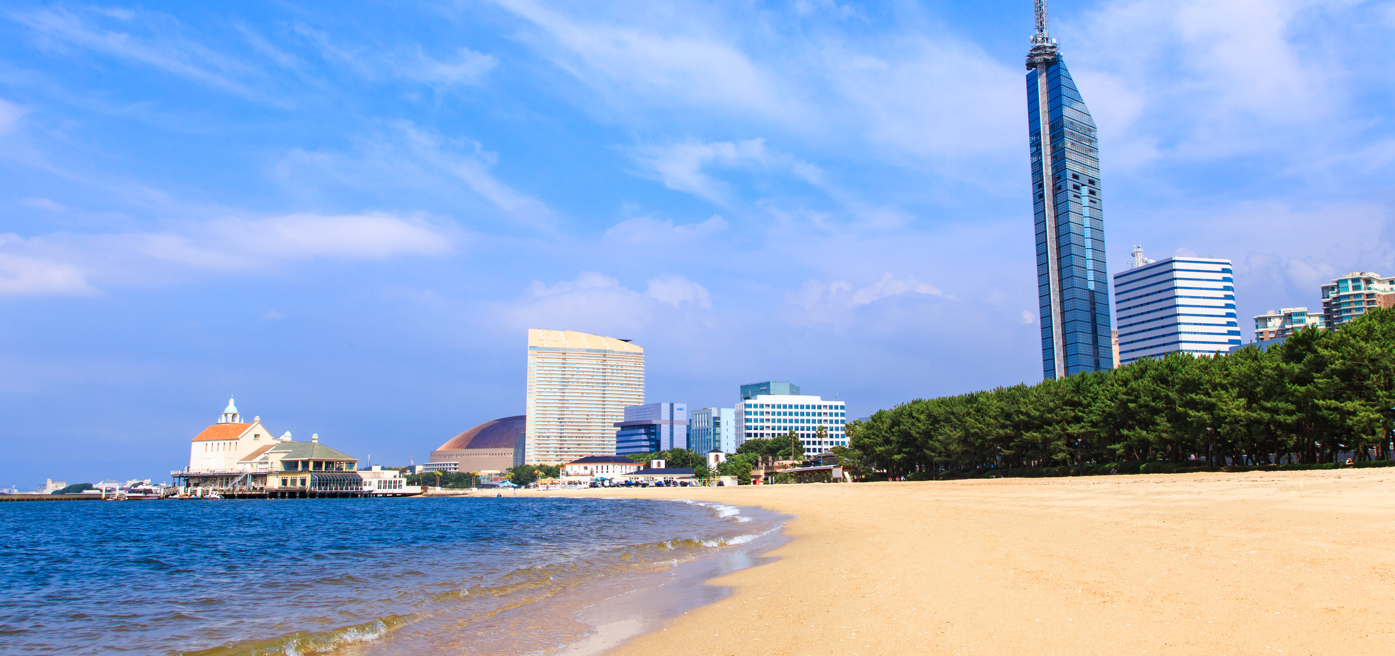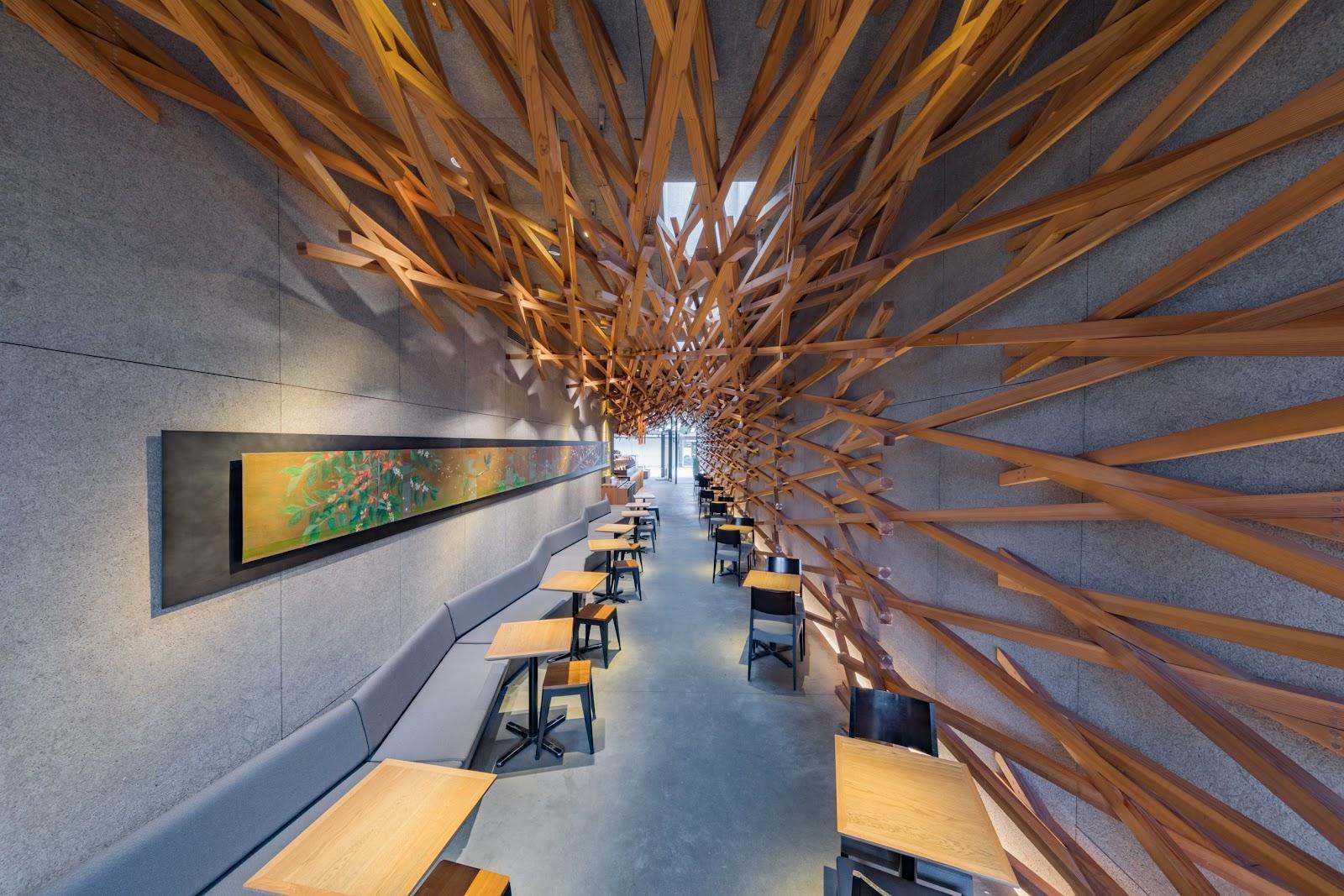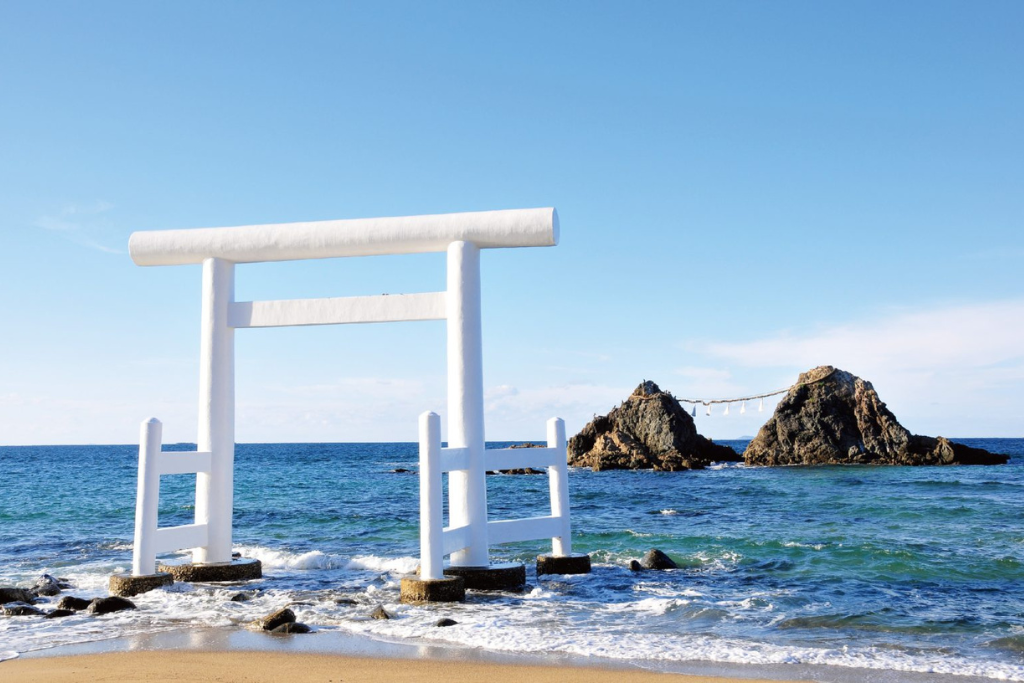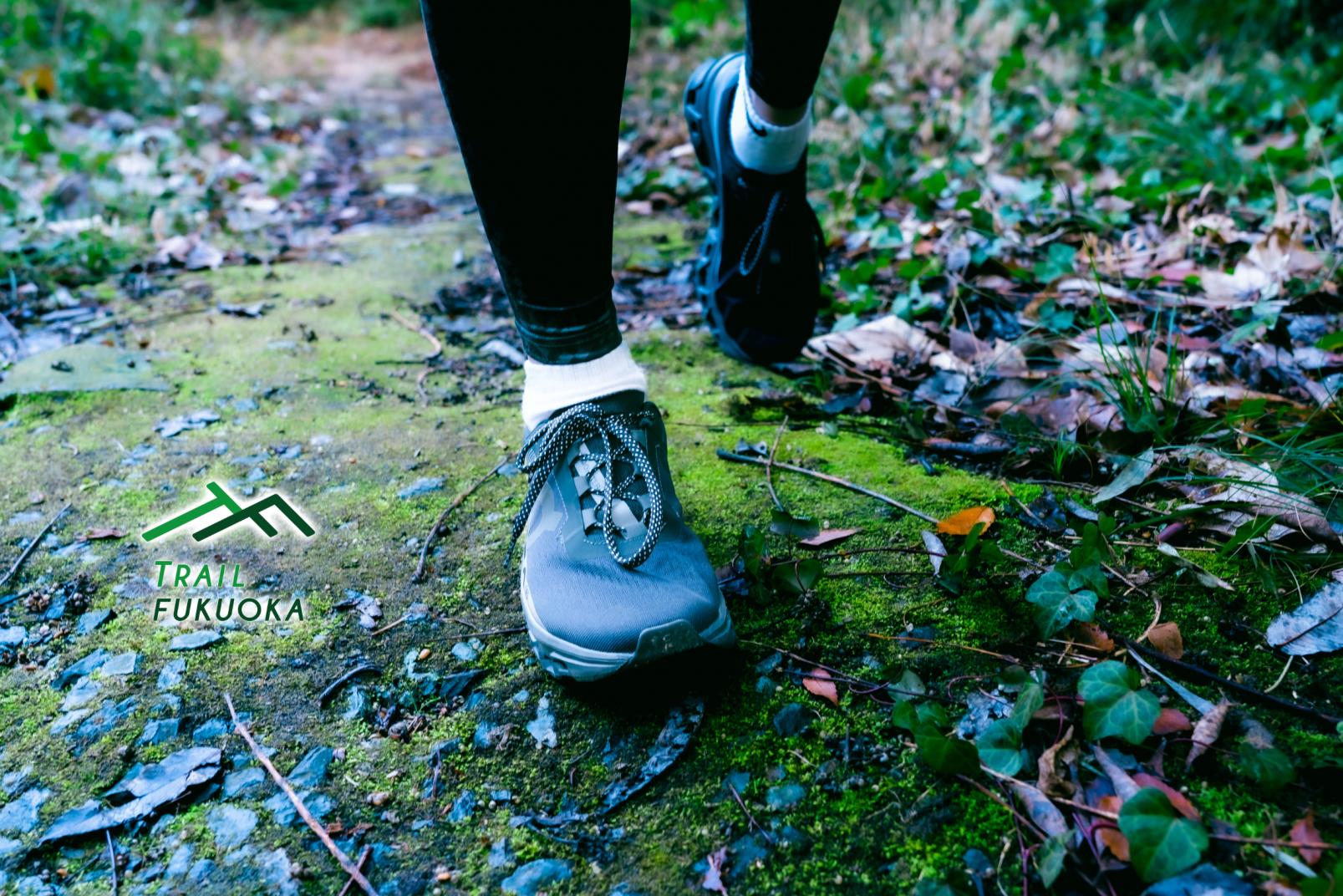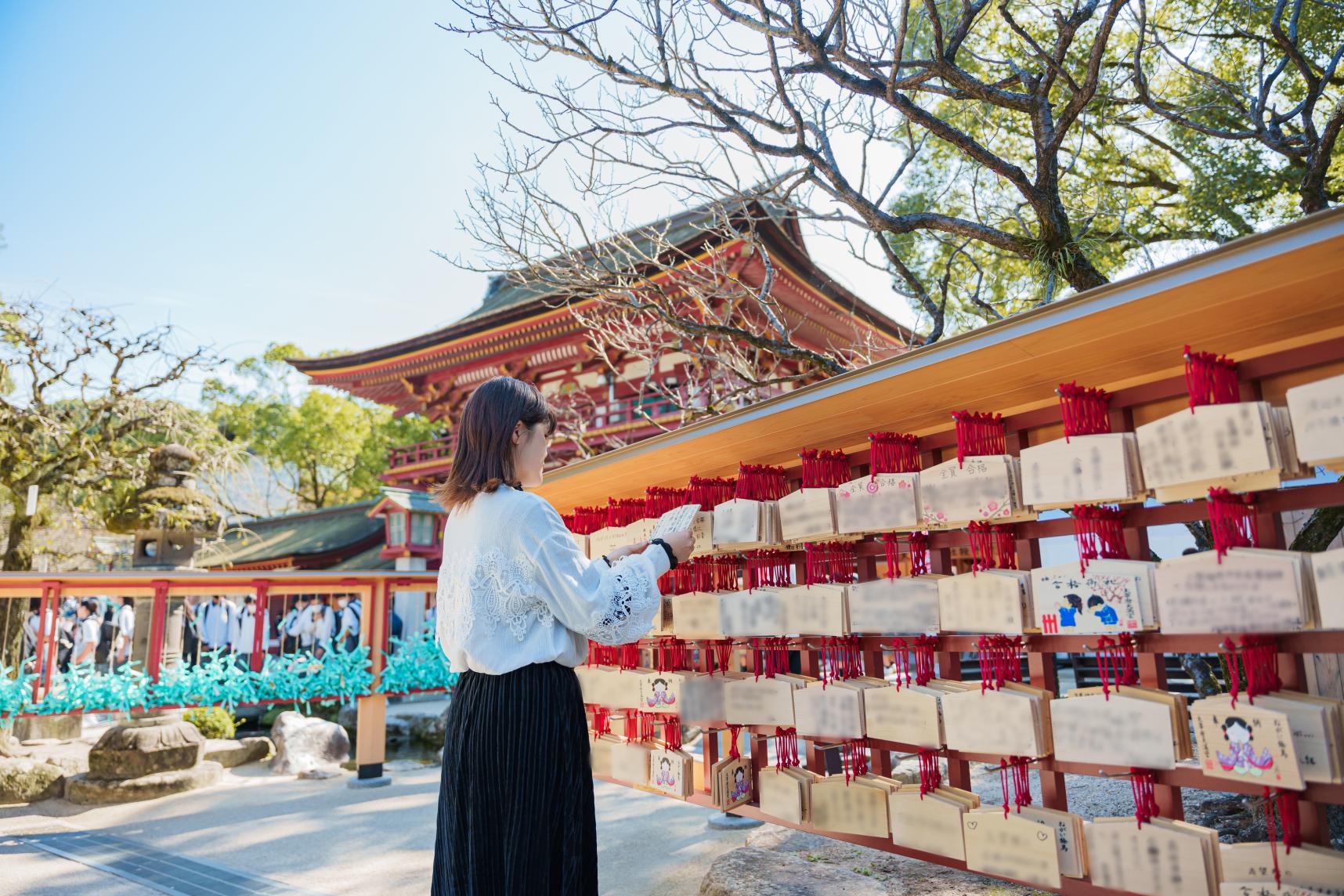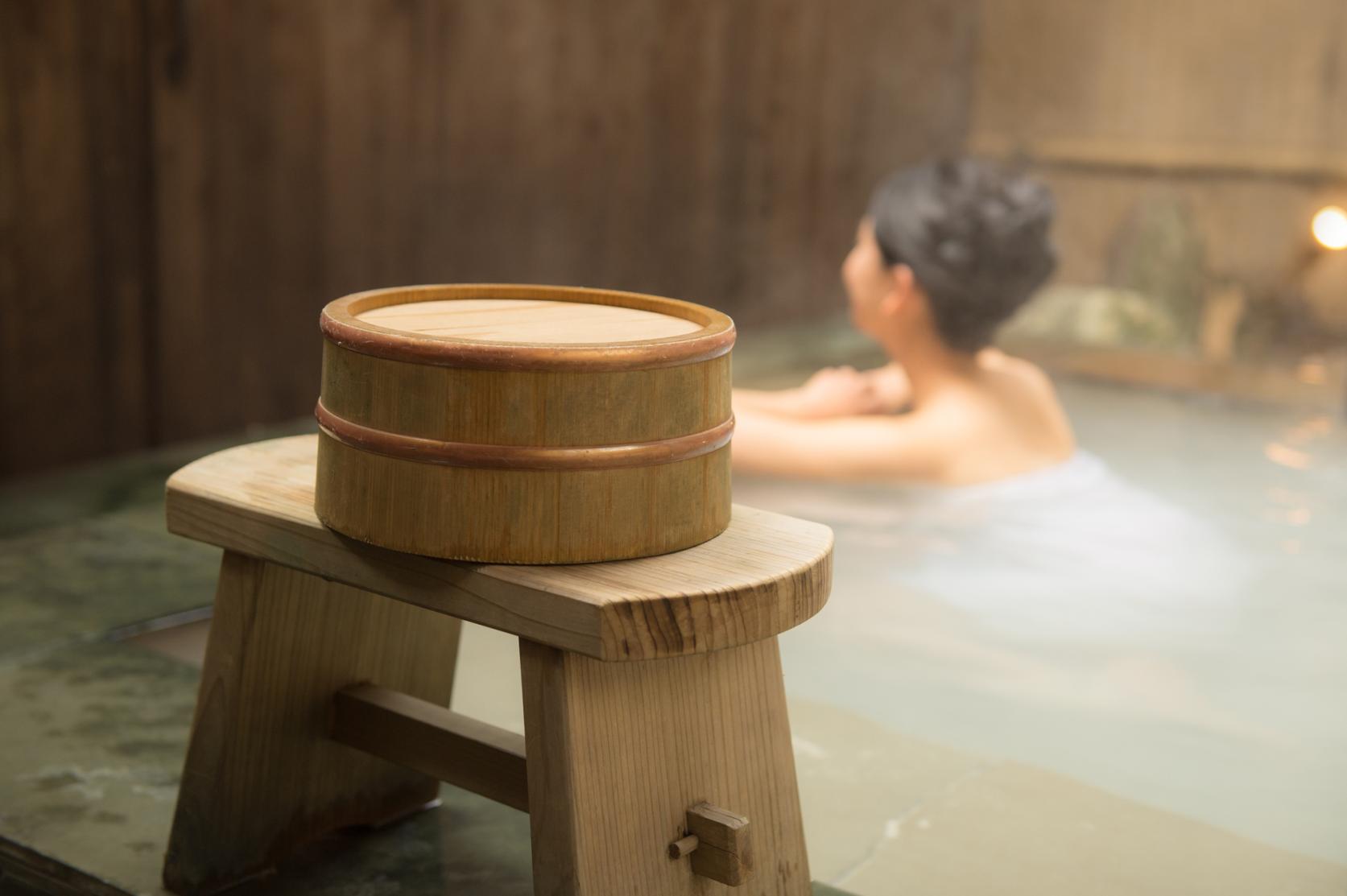We use cookies on this site to enhance your experience. By continuing to browse, you agree to our use of cookies. See our Cookie Policy for more information.
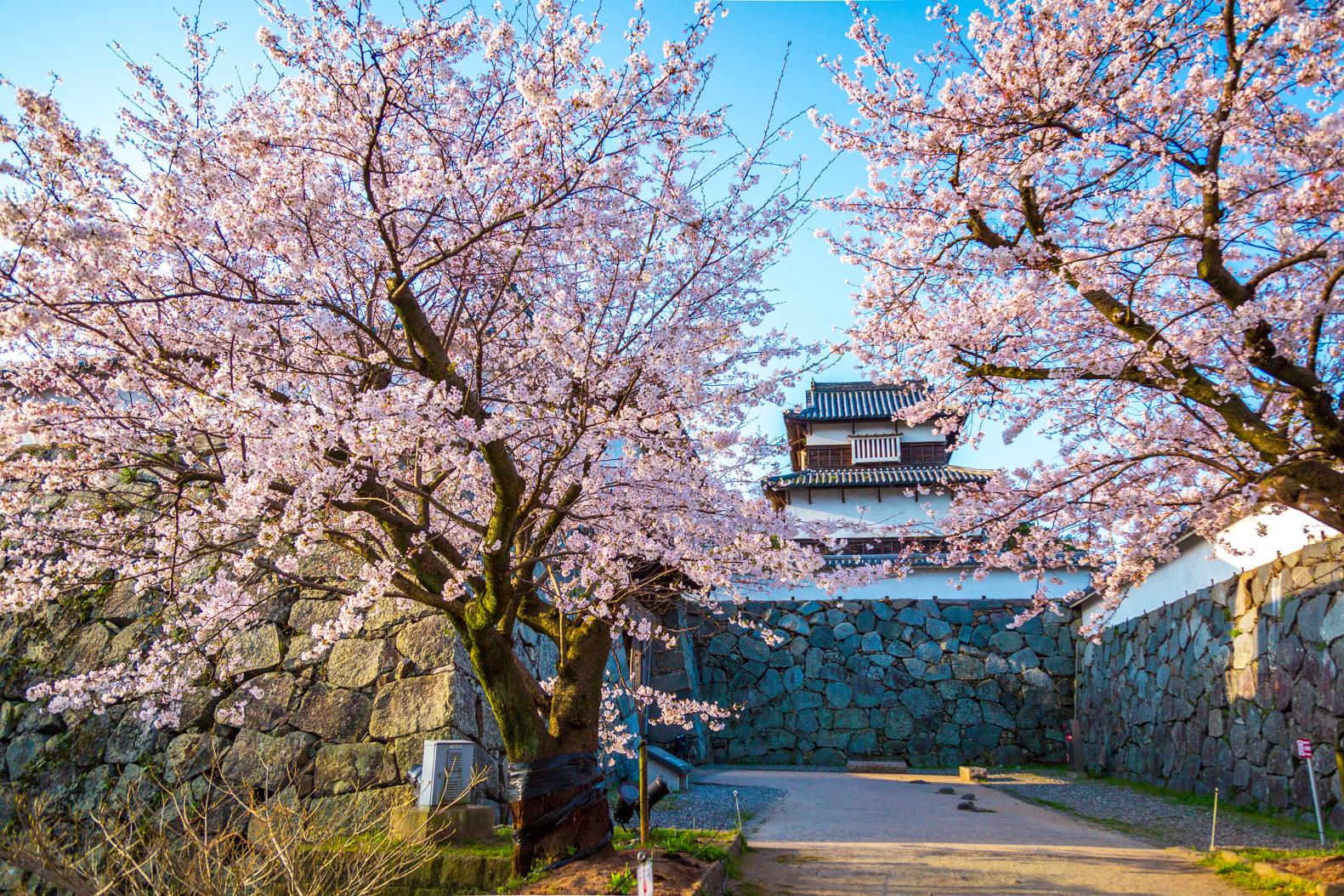
Four Seasons of Flowers in Fukuoka Prefecture
From spring to summer, fall to winter, there is no shortage of natural beauty to enjoy in various parts of Fukuoka Prefecture! Japan's iconic cherry blossoms are just the beginning of an exciting year-long calendar of places to go and nature to see in this diverse catalog of spots, from urban parks and castle ruins to temples and shrines tucked away in Fukuoka’s mountains.
Spring:
Cherry blossoms (Maizuru Park, Kokura castle)
The cherry blossom is one of Japan’s most iconic symbols, and as the warm weather arrives, so do these delicate pink blossoms. If you are in Fukuoka City during cherry blossom season, look no further than Maizuru Park at Fukuoka Castle for an unforgettable visit. From late March to early April, this picturesque location becomes even more beautiful with pastel pink trees lining the pathways and dainty pink petals fluttering in the wind. Kokura Castle is another prime sakura-viewing location, just a train ride away in Kitakyushu. From atop the castle, you can enjoy unparalleled views of the surrounding area dotted with pockets of pink and green, as springtime arrives in the city. The stark white castle walls stand out dramatically against the light pink of the sakura in full bloom, making it an ideal photo spot as well!
Spring:
Wisteria(Kawachi Wisteria Garden)
April showers bring May flowers, as the saying goes. And nowhere will you see more beautiful wisteria than at the Kawachi Wisteria Garden in Kitakyushu. Some 22 varieties of wisteria grow here, usually blooming in late April to early May. Wander through the wisteria tunnels, where you will find yourself completely surrounded by these beautiful purple flowers. There are also benches along the paths where people can sit down and leisurely marvel at the colorful, floral atmosphere of early spring. The Kawachi Wisteria Garden is located outside of Kitakyushu City, but is accessible by taxi from Yahata Station, making it a great option for visitors curious to explore Fukuoka Prefecture’s attractive countryside.
Spring:
Iris(Miyajidake Shrine)
Miyajidake Shrine is especially known for its annual Iris Festival that takes place from May to June. The iris has long been associated with warding off bad luck in Japan, so it is a fitting flower to grow at Miyajidake Shrine. This is because enshrined here are three deities, who are worshiped together as the singular Miyajidake, a goddess of good fortune. A modest garden was built around the shrine during the Edo Period with 300 irises, which have since grown to around 100,000 flowers today! While the shrine grounds also include beautiful cherry blossoms, hydrangeas, and more, the Iris Festival is a particularly notable event where visitors can stroll along a boardwalk surrounded by hundreds of thousands of these spectacular flowers in full bloom. The purple blossoms make a striking addition to views of the shrine and greenery in the background.
Summer:
Hydrangea(Takatoyama Park)
Takatoyama Park is famous for its tens of thousands of hydrangeas blanketing the hillside. Visitors to the park will find themselves walking up and down shaded pathways winding through these lush flowers. At the top of this calming path is an observatory from which the city of Kitakyushu is on full display. In Japan, hydrangeas are often synonymous with the rainy season in early June, and these flowers do indeed thrive in the rain. Takatoyama Park features hydrangeas of all sizes and colors, from bright blues to soft pinks and creamy white, creating an impressive sight in spring. The park is located a 20 to 30-minute walk from JR Wakamatsu Station.
Summer:
Sunflower(Yanagawa Sunflower Garden)
No visit to Japan in the summer is complete without taking bright snapshots of sunflowers! The Yanagawa Sunflower Garden is the perfect place to do just that. Yanagawa is often recognized as a historical location with traditional gardens and centuries-old canals winding through the city. The Yanagawa Sunflower Garden offers visitors a new way to enjoy the city, while admiring 500,000 sunflowers across five hectares of land right above the ocean. The gentle sea breeze provides a refreshing respite from the hot July sun. Spend the afternoon appreciating the cheerful sunflower scenery, go out for morning yoga on the waterfront, or come to the garden in the evening to catch the fireworks and illuminations. The Yanagawa Sunflower Garden is a 15-minute car or taxi ride from Nishitetsu Yanagawa Station.
Autumn:
Cosmos(Nokonoshima Island Park)
Enjoy sweeping sea views and seasonal flowers at Nokonoshima Island Park! This attractive spot is located a quick boat ride away from Meinohama Ferry Terminal, just 20 minutes by bus from JR Hakata Station. From October to November, the park comes into full bloom with fields of cosmos and dahlias covering the hillside overlooking Hakata Bay in a beautiful combination of reds, pinks, and whites that contrast with the deep ocean blue. Of course, fall is not the only time to enjoy flowers at Nokonoshima! The park turns into a blooming carpet of yellow nanohana flowers, for a spectacular photo opportunity and an unforgettable visit. Family-oriented activities at the park include a small zoo with goats and rabbits, pottery, and more to entertain the little ones while the adults can enjoy a relaxing island escape from the city.
Autumn:
Japanese maple(Raizan Sennyoji Temple)
Head to Itoshima, Fukuoka, to see the majestic maple tree at Raizan Sennyoji Temple. This particular tree is said to be around 400 years old and stands at 9 meters tall. You can admire it while walking through the temple gardens or seated inside the temple. This historic temple is over one thousand years old and is also known as the Kannon of Raizan, because it houses an exceptional statue of Kannon, the goddess of compassion. The branches of the trees outside are not unlike the welcoming arms of the goddess’ statue, powerful and breathtaking. Autumn is the best time to visit Sennyoji, when the grand maple tree appears to blaze with the season’s fiery colors. The temple is accessible by taxi from JR Chikuzen-Maebaru Station, a 45-minute train ride from JR Hakata Station.
Autumn:
Autumn leaves (Akizuki)
The Akizuki Castle Ruins, also known as the “Little Kyoto” of Chikuzen, is one of Asakura City’s most popular spots as a place of historical importance and stunning natural scenery. This former castle town is full of character and history, from stone bridges and temples to white-walled residences. In spring, Sugi-no-Baba street, a main road in the area, transforms into a tunnel of cherry blossom trees. In autumn, visitors can walk through the Kuromon Gate, whose black wooden frame contrasts spectacularly with a backdrop of some 20 fiery maple trees! To get to Akizuki, take a bus from Amagi Station, around 1 hour by train from JR Hakata Station. These maples look their best from mid-November to early December, so be sure to visit this amazing site if you’re in Fukuoka in late autumn!
Winter:
Plum flower (Dazaifu Tenmangu)
Wintertime in Japan means more flowers! The plum blossoms at Dazaifu Tenmangu are a particularly lovely representation of this. The shrine was built over 1,100 years ago on the gravesite of its deity, Sugawara Michizane, and continues to welcome worshippers to this day. The shrine grounds are expansive, with dynamic gardens, a pond with three vermillion bridges, and beautifully kept shrine buildings. The remarkable honden is the heart of the shrine and just outside of it stands the famous tobiume or “flying plum” tree, just one of 6,000 plum trees on the premises. The shrine is easily accessible by bus from JR Hakata Station and is undoubtedly worth a visit to enjoy the winter blossoms and get a glimpse of one of Japan’s most important Shinto shrines.
Visitors to Japan have countless locations and itineraries to choose from, and yet may not often have the chance to venture off the beaten path to discover the country’s natural beauty. And with year-round and diverse options to explore flowers and nature in Fukuoka, there is something for everyone and always a great reason to visit!


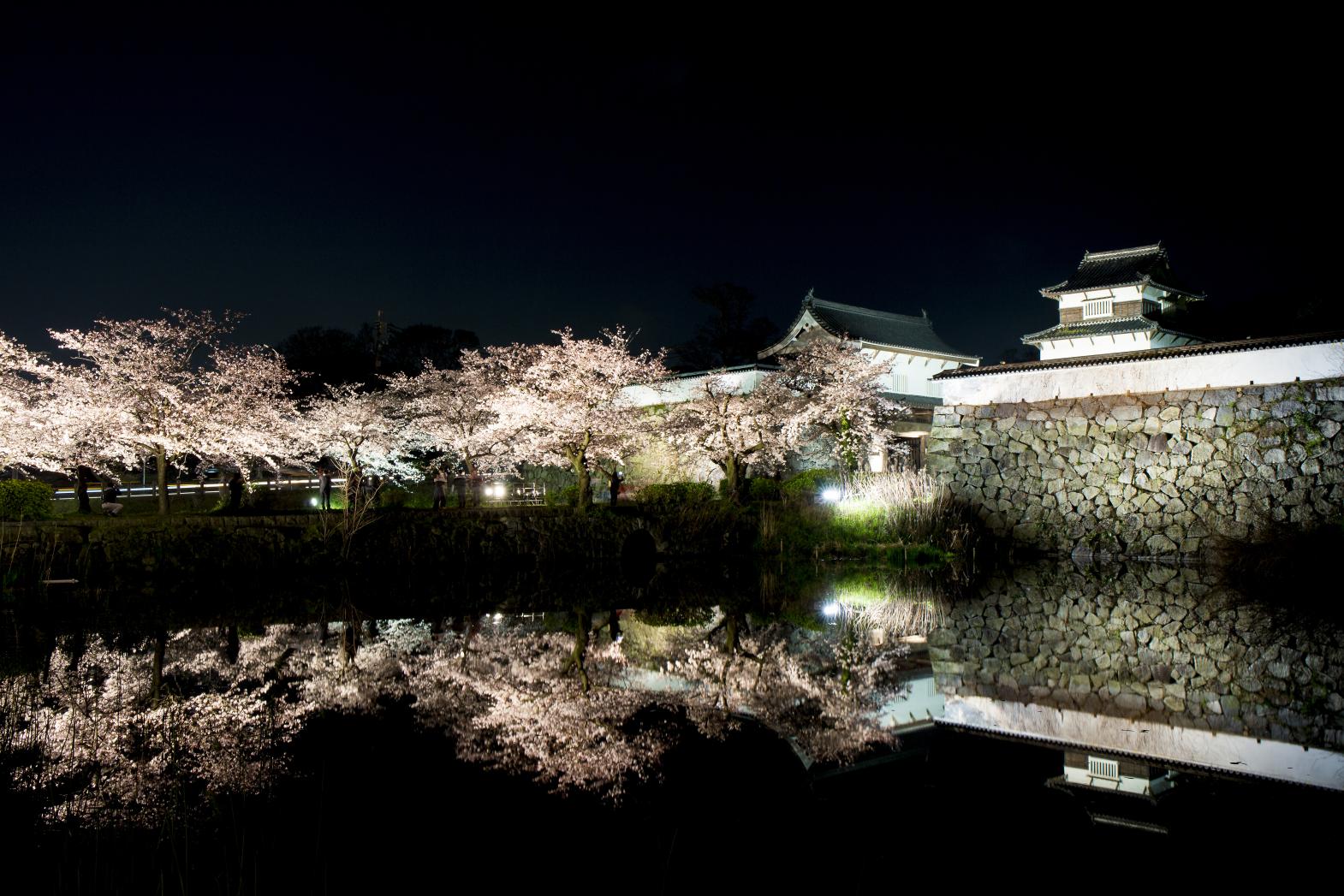
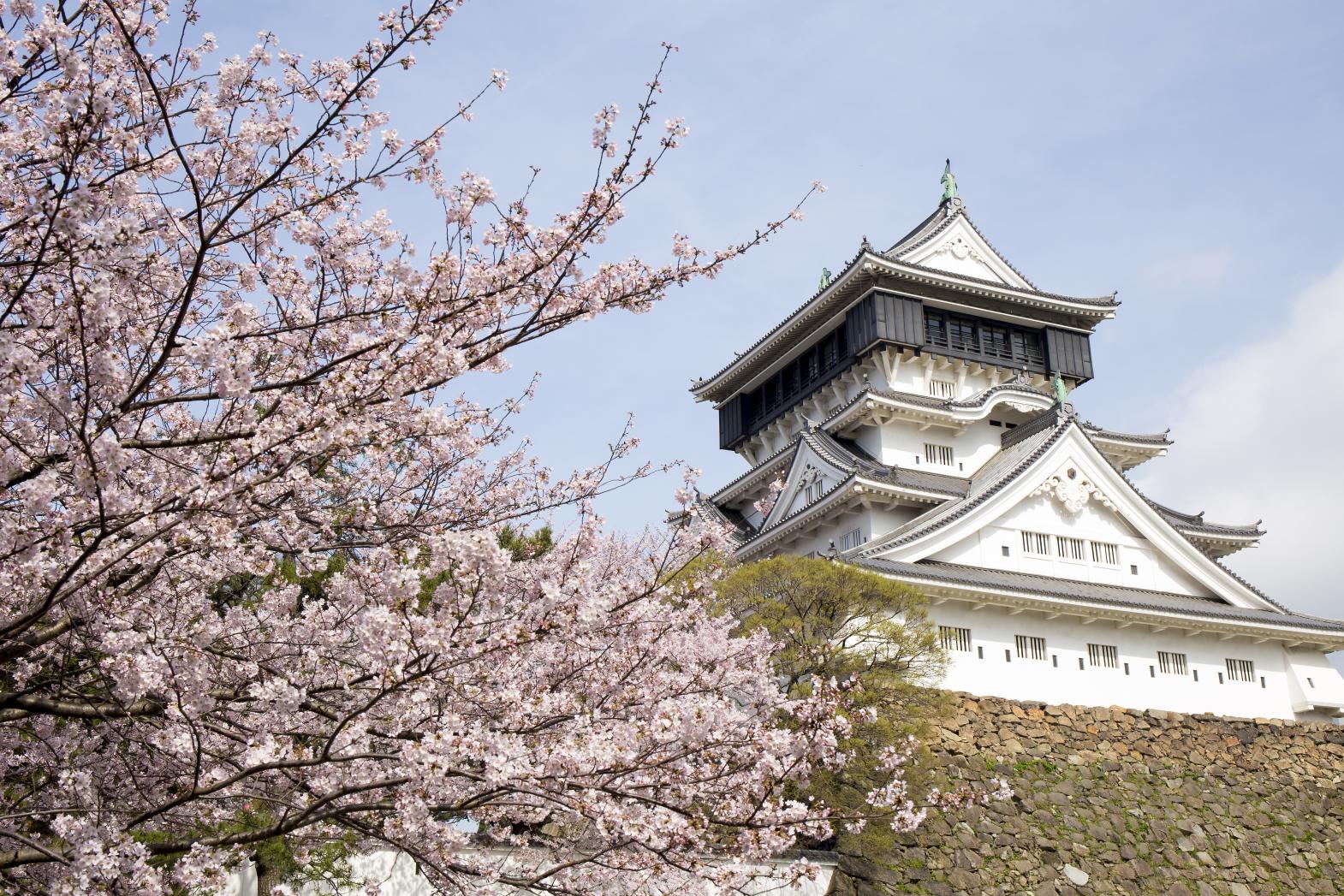
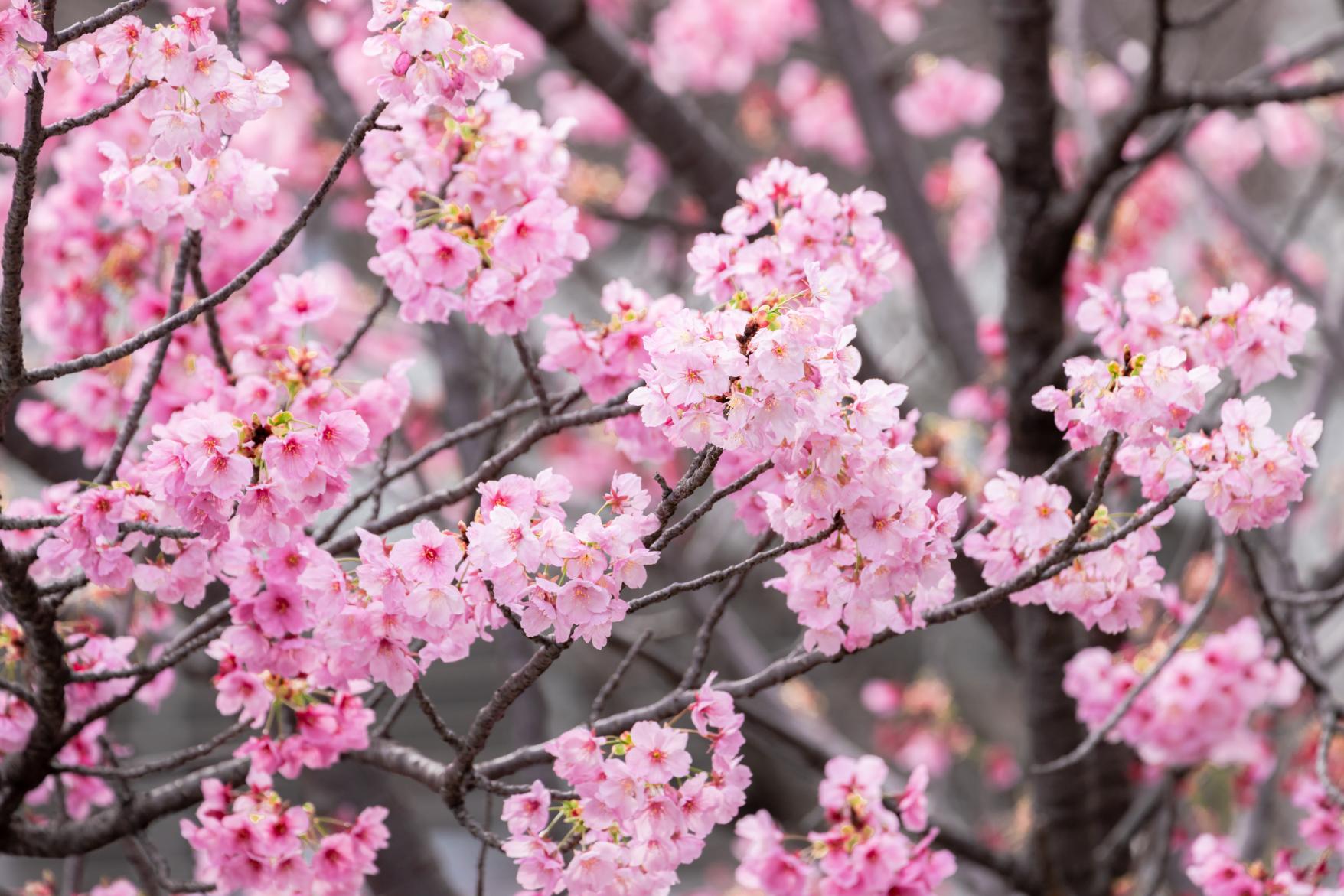
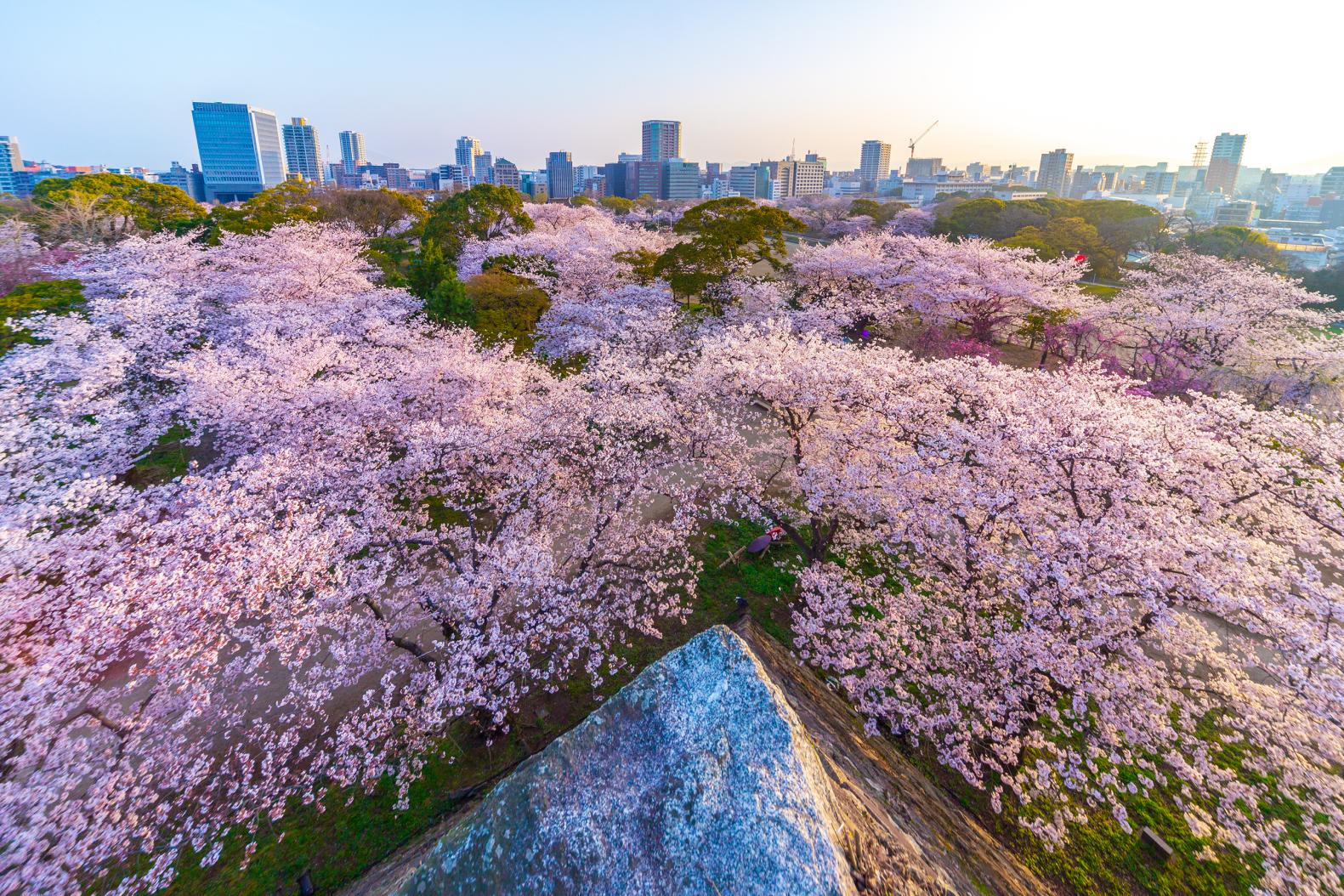
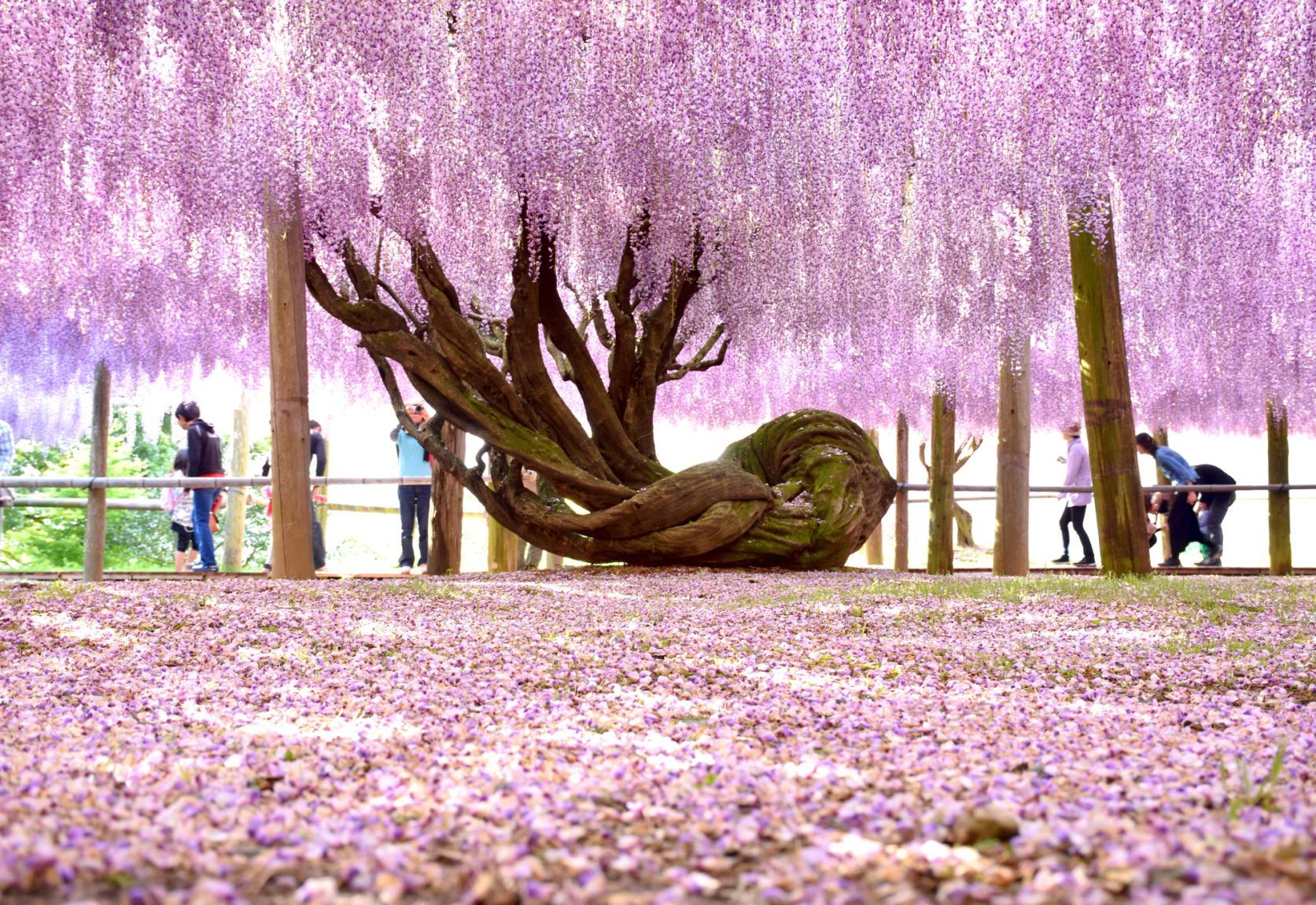
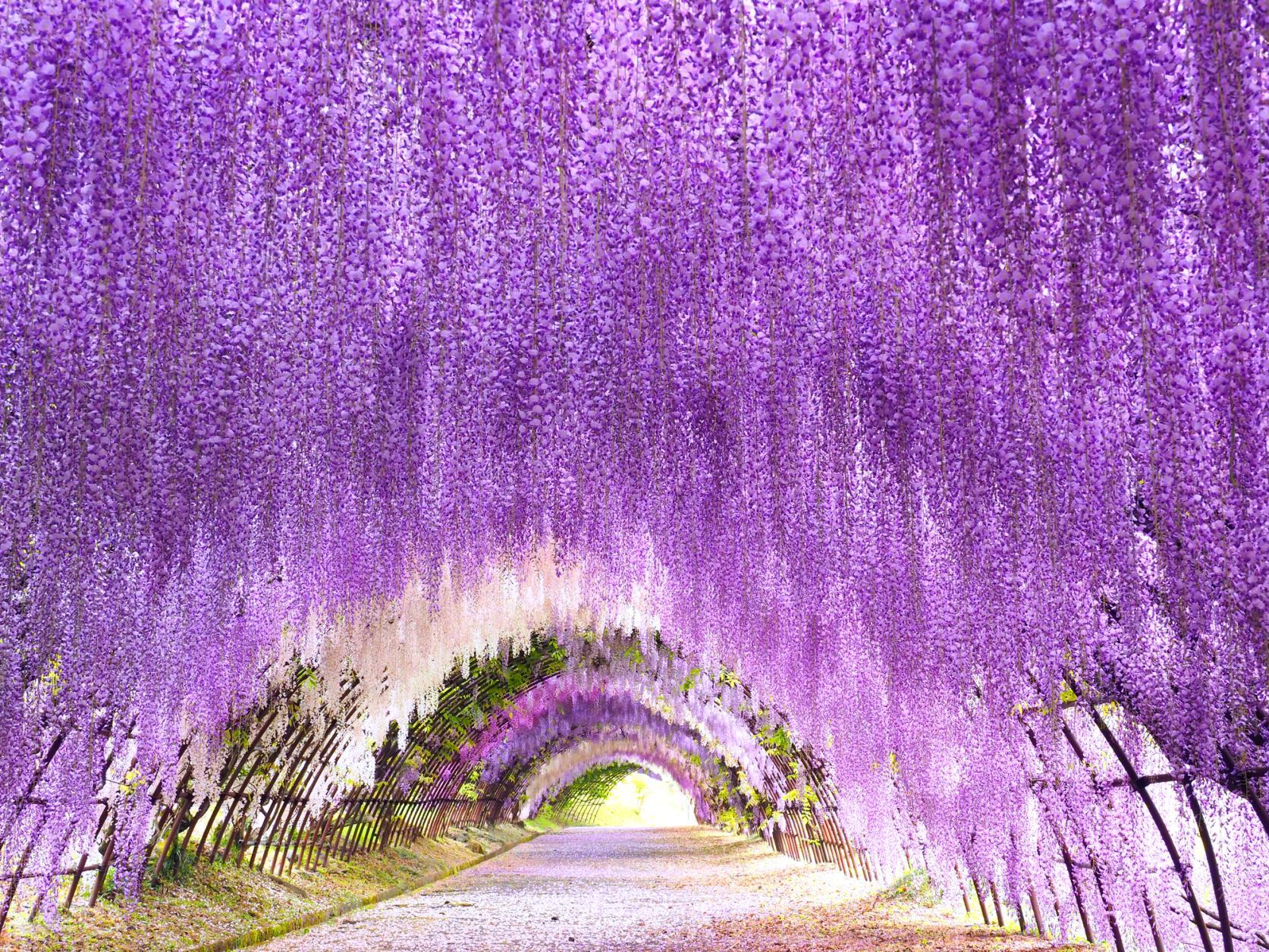
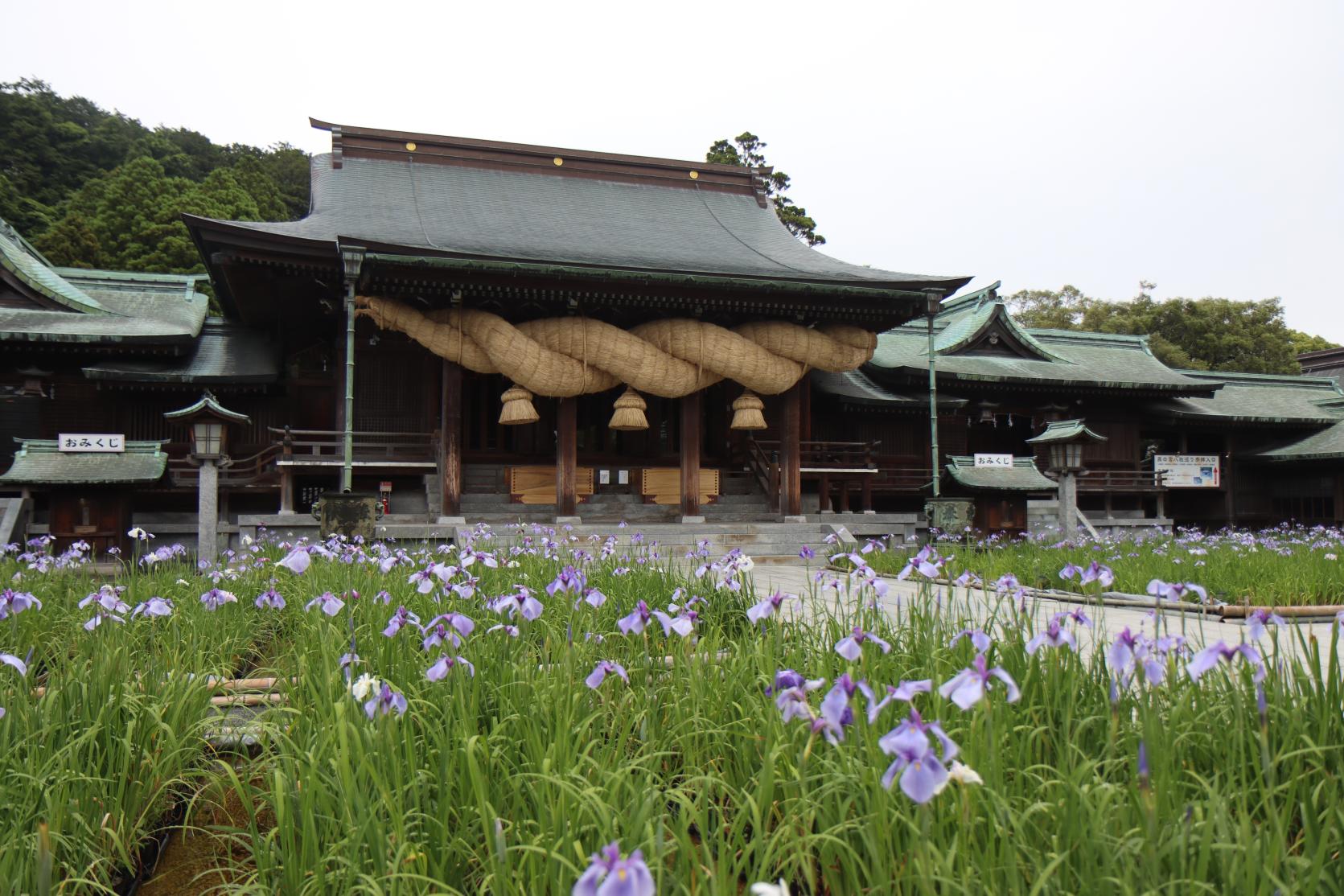
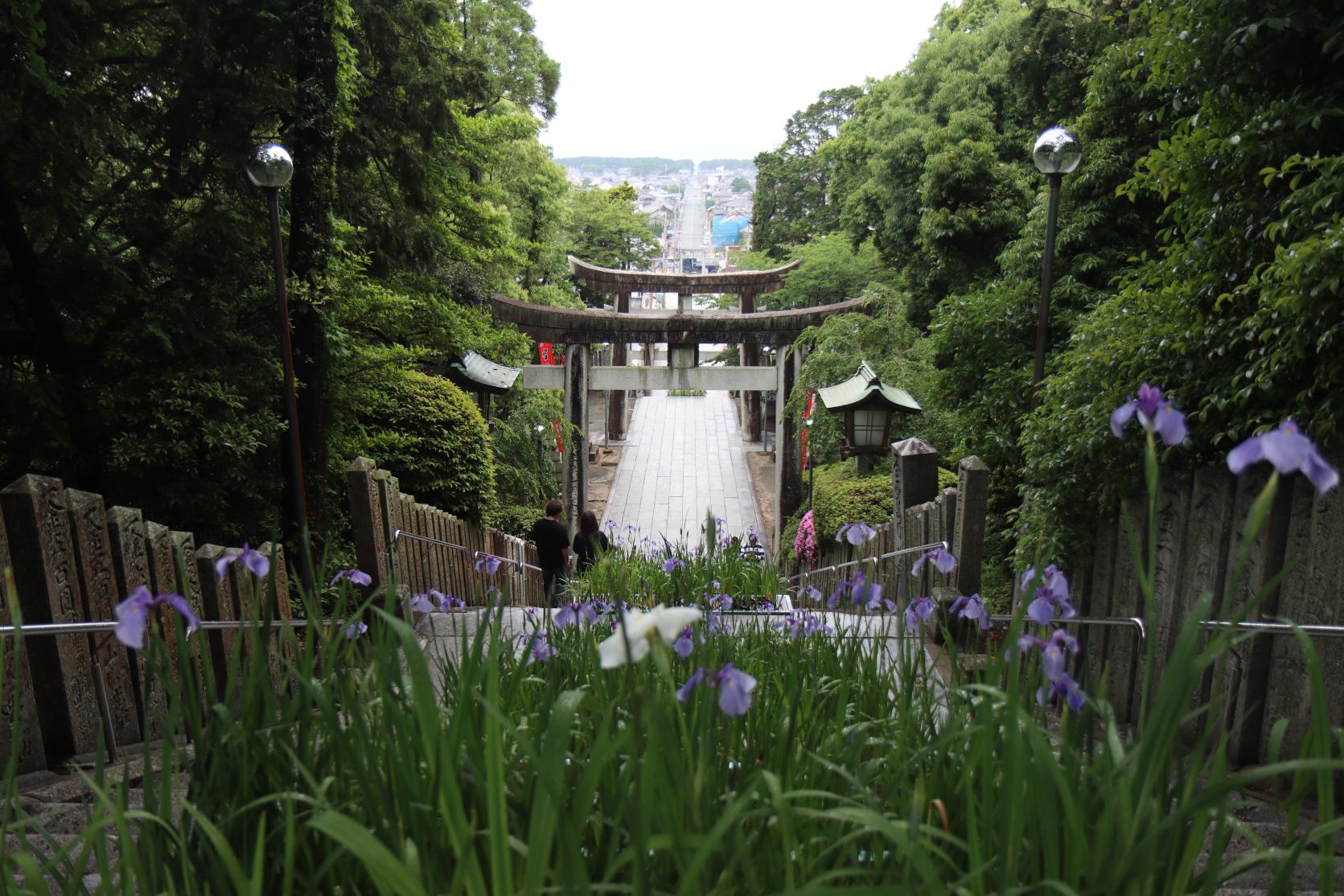
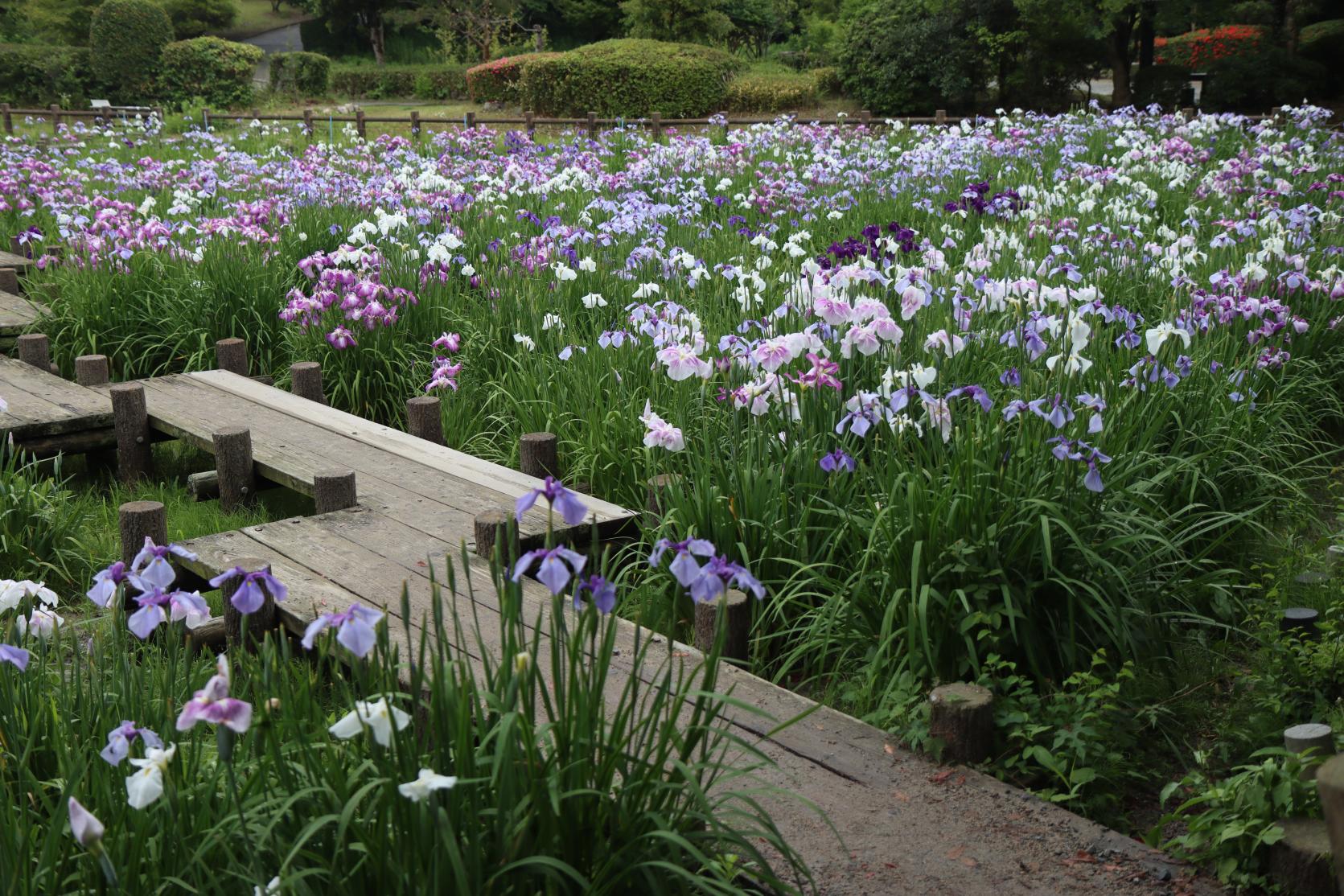
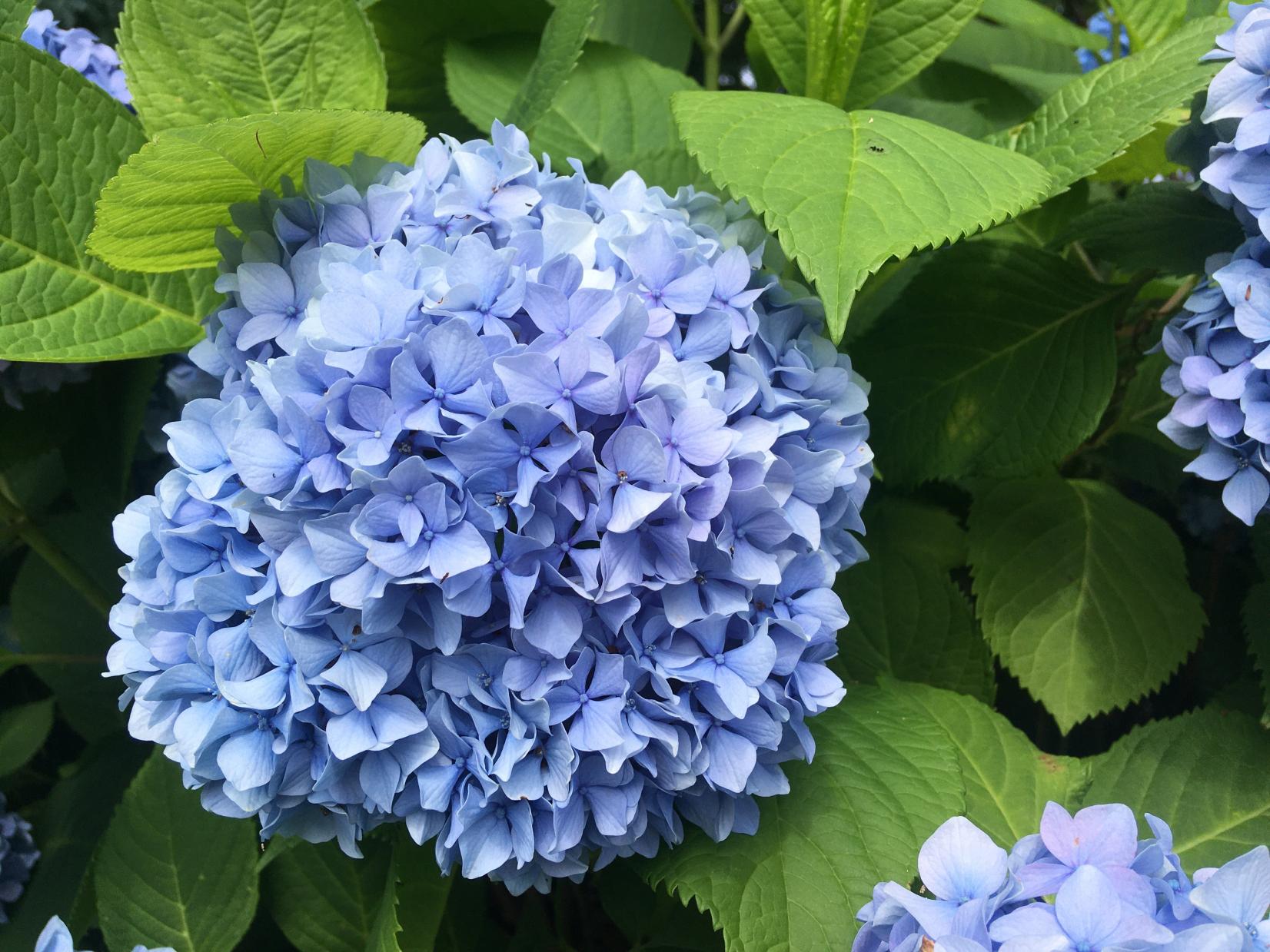
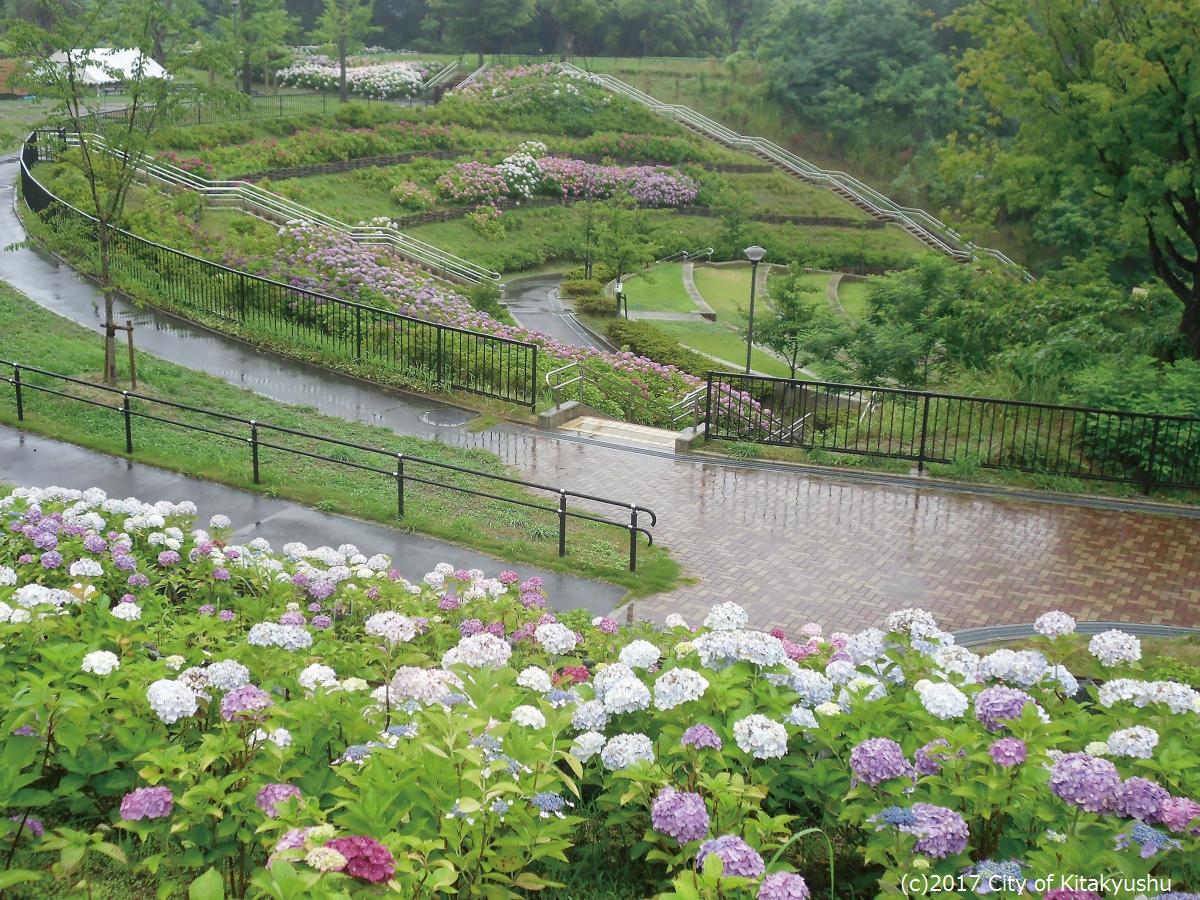
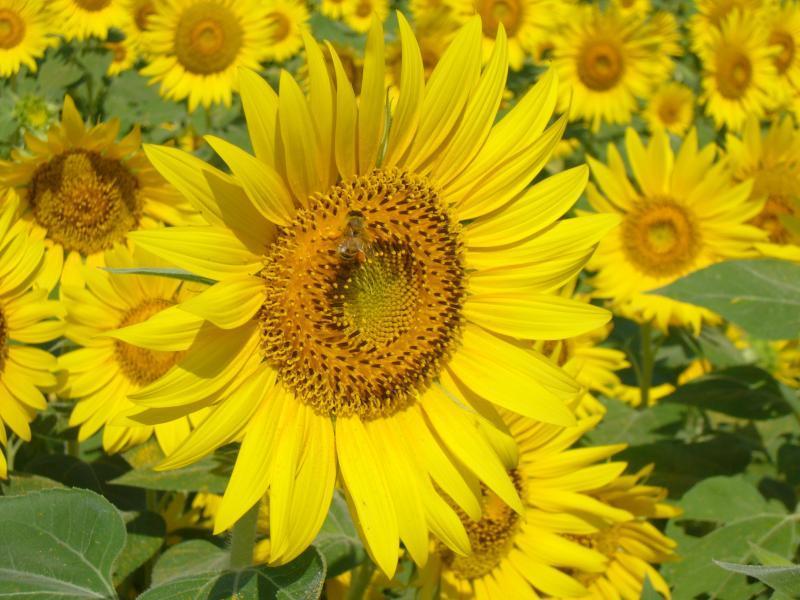
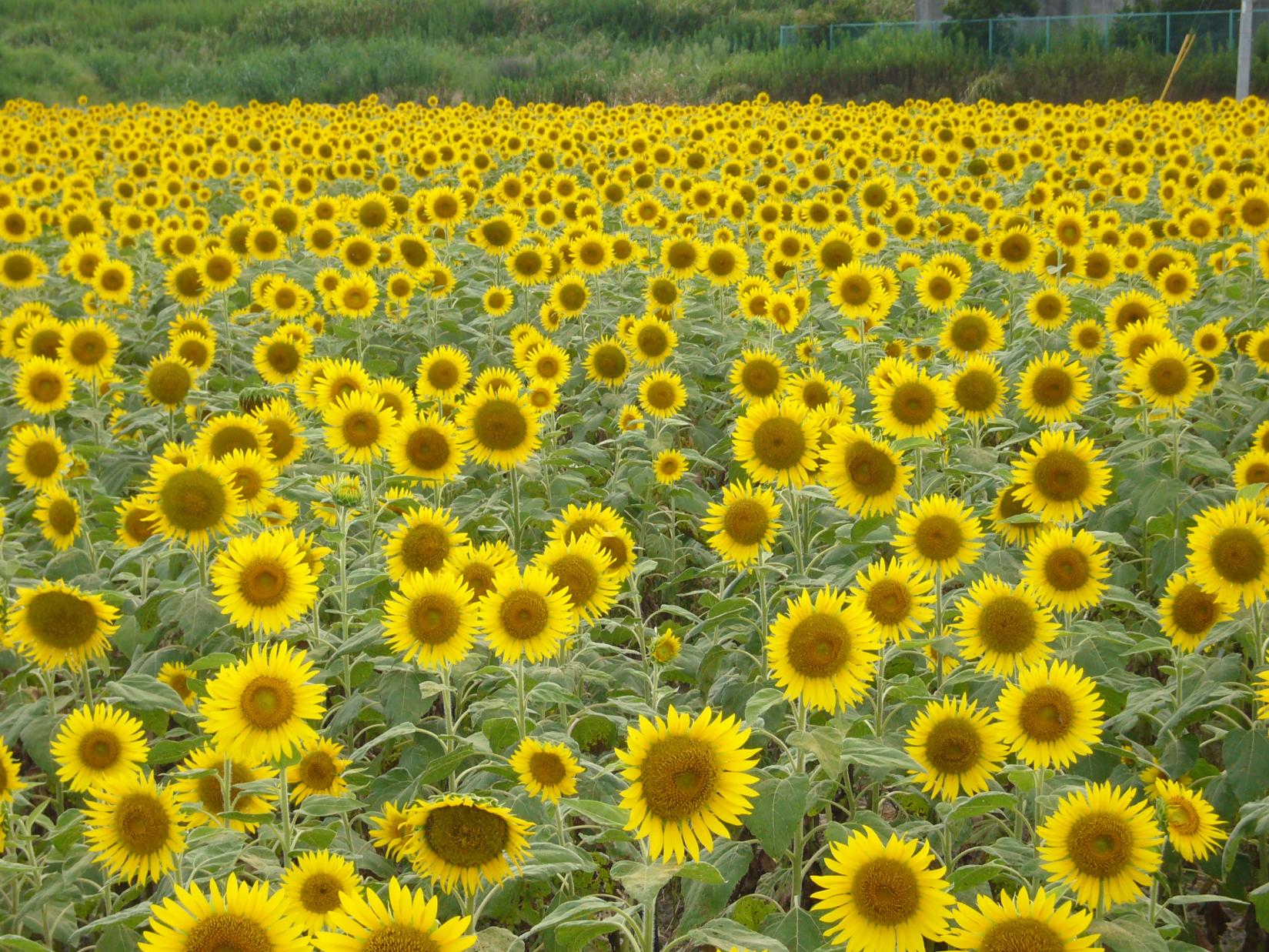
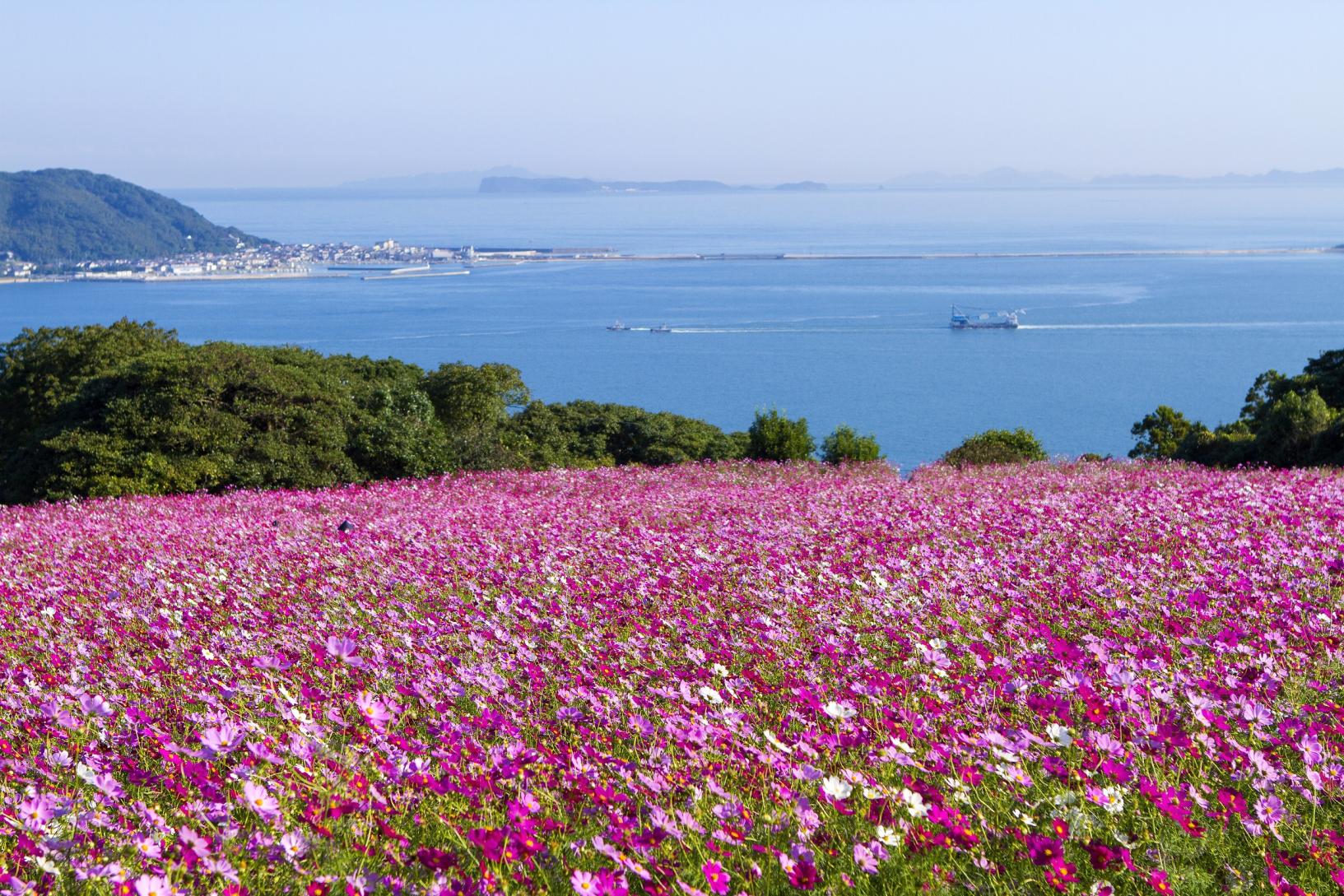
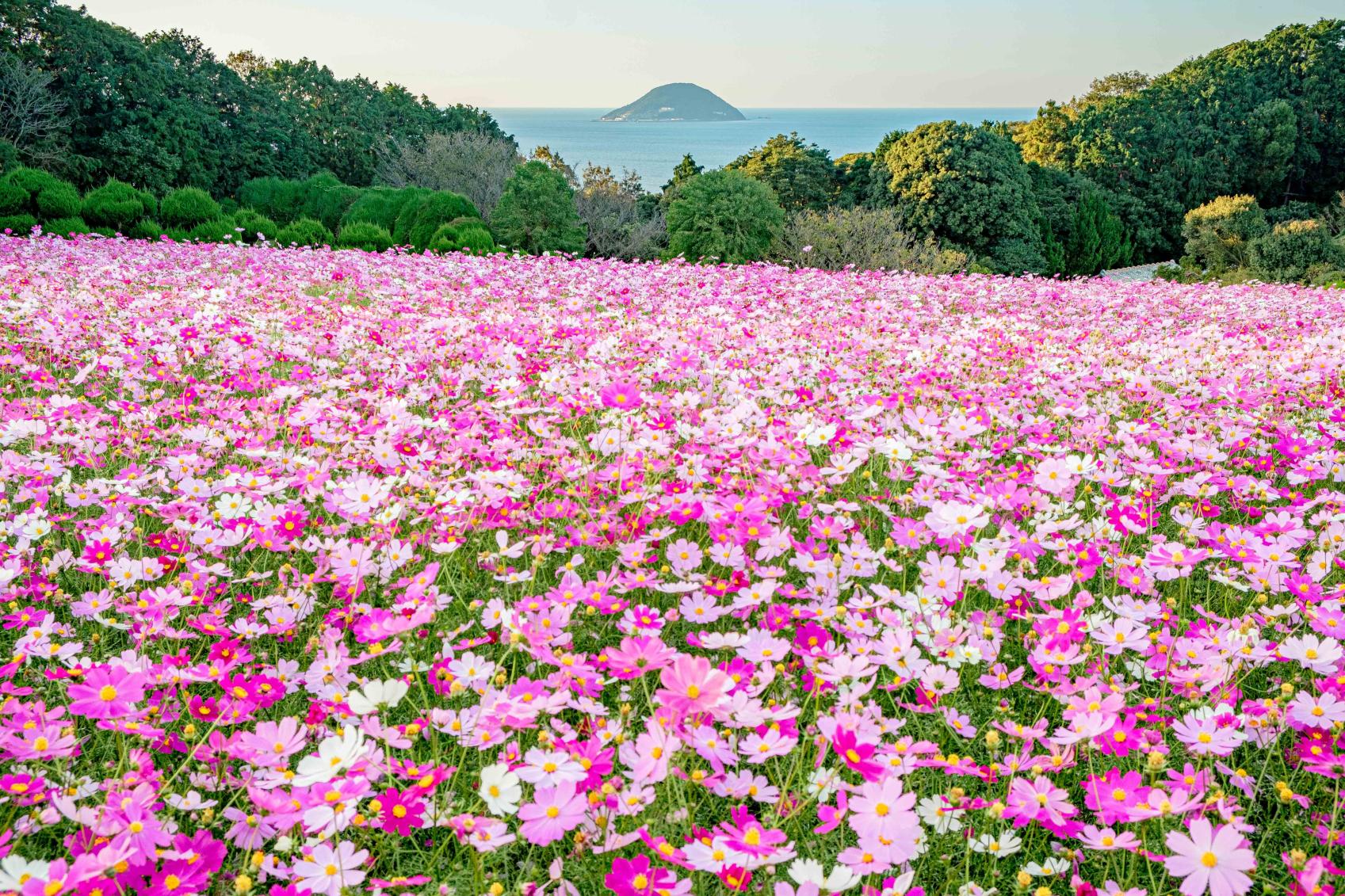
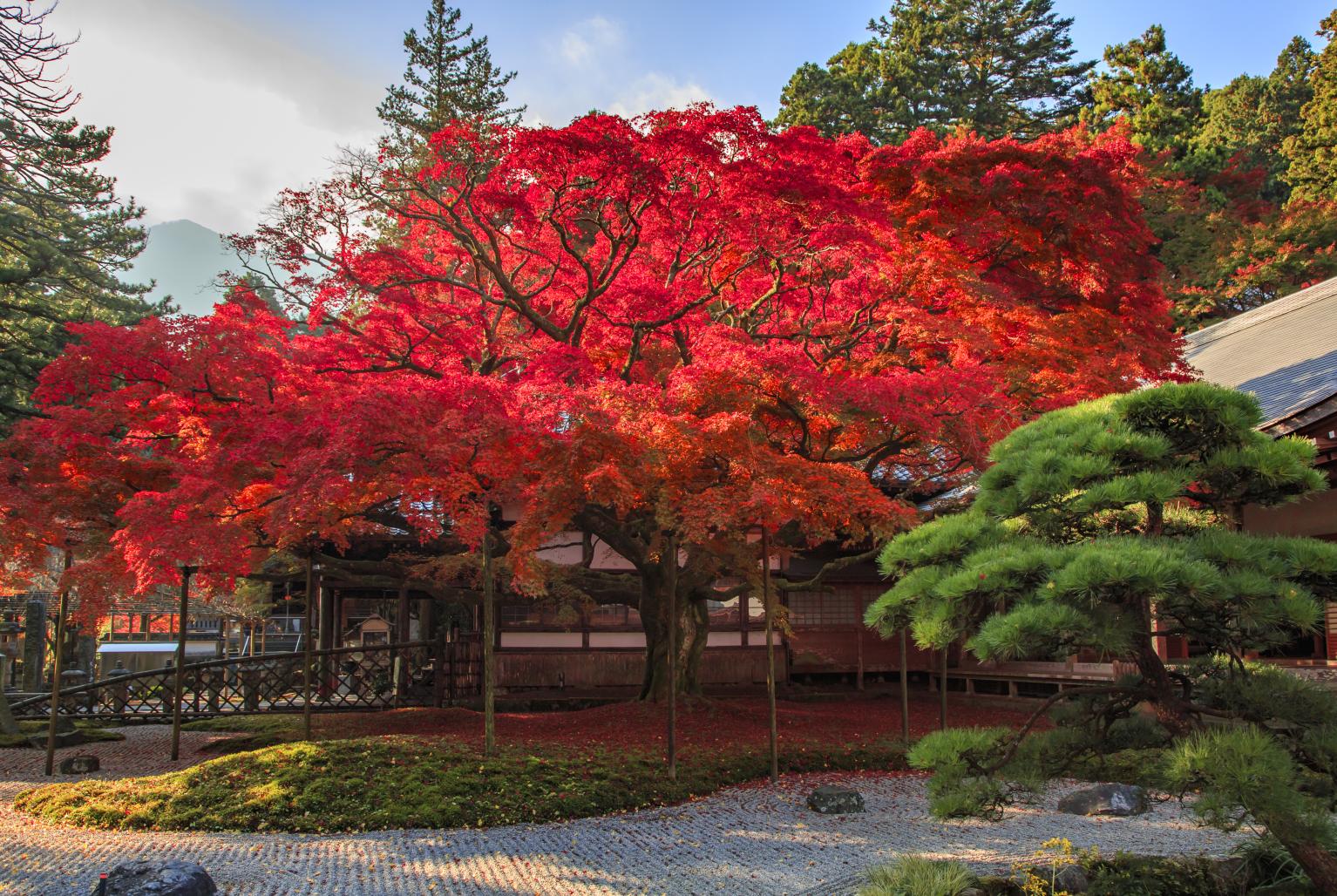
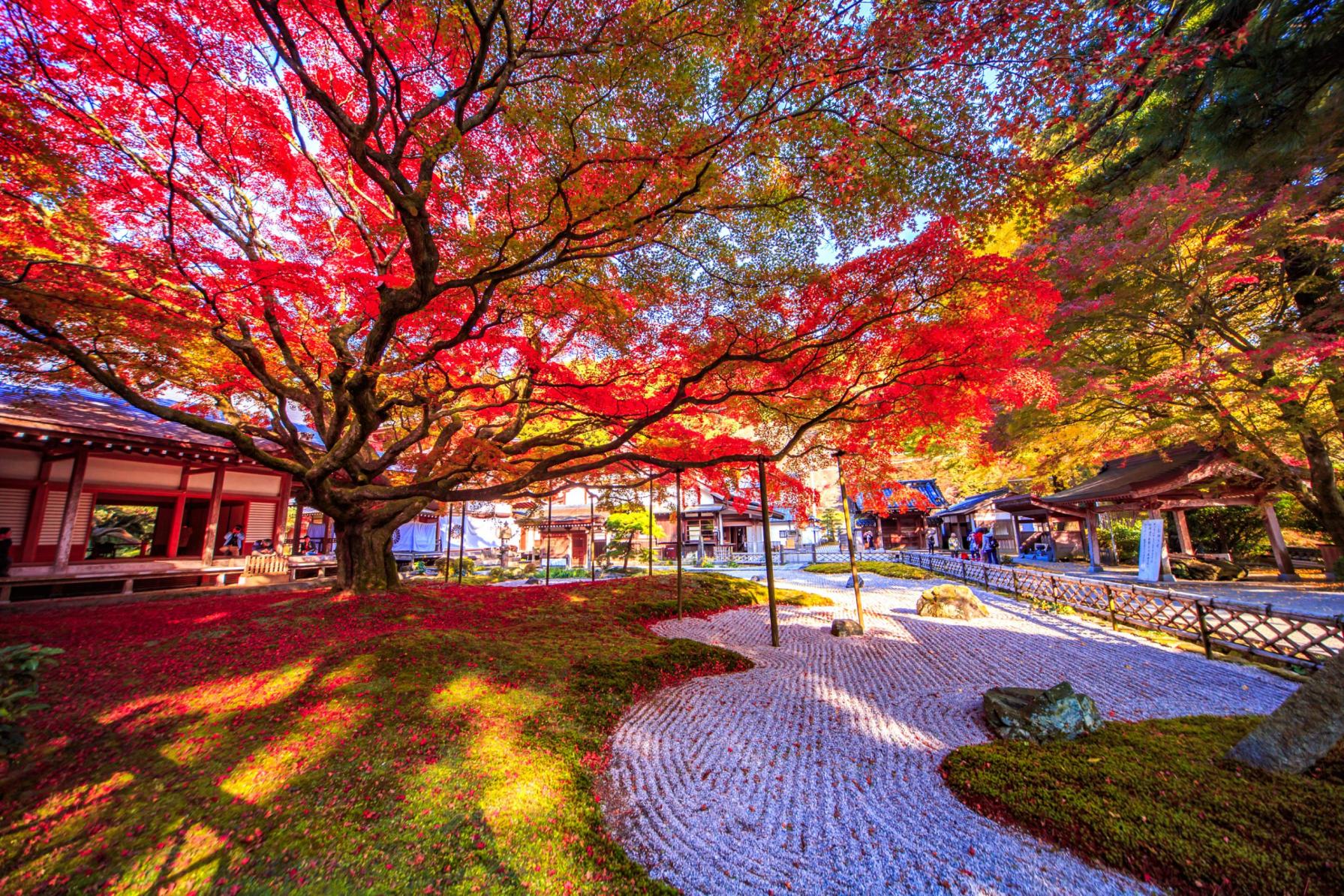
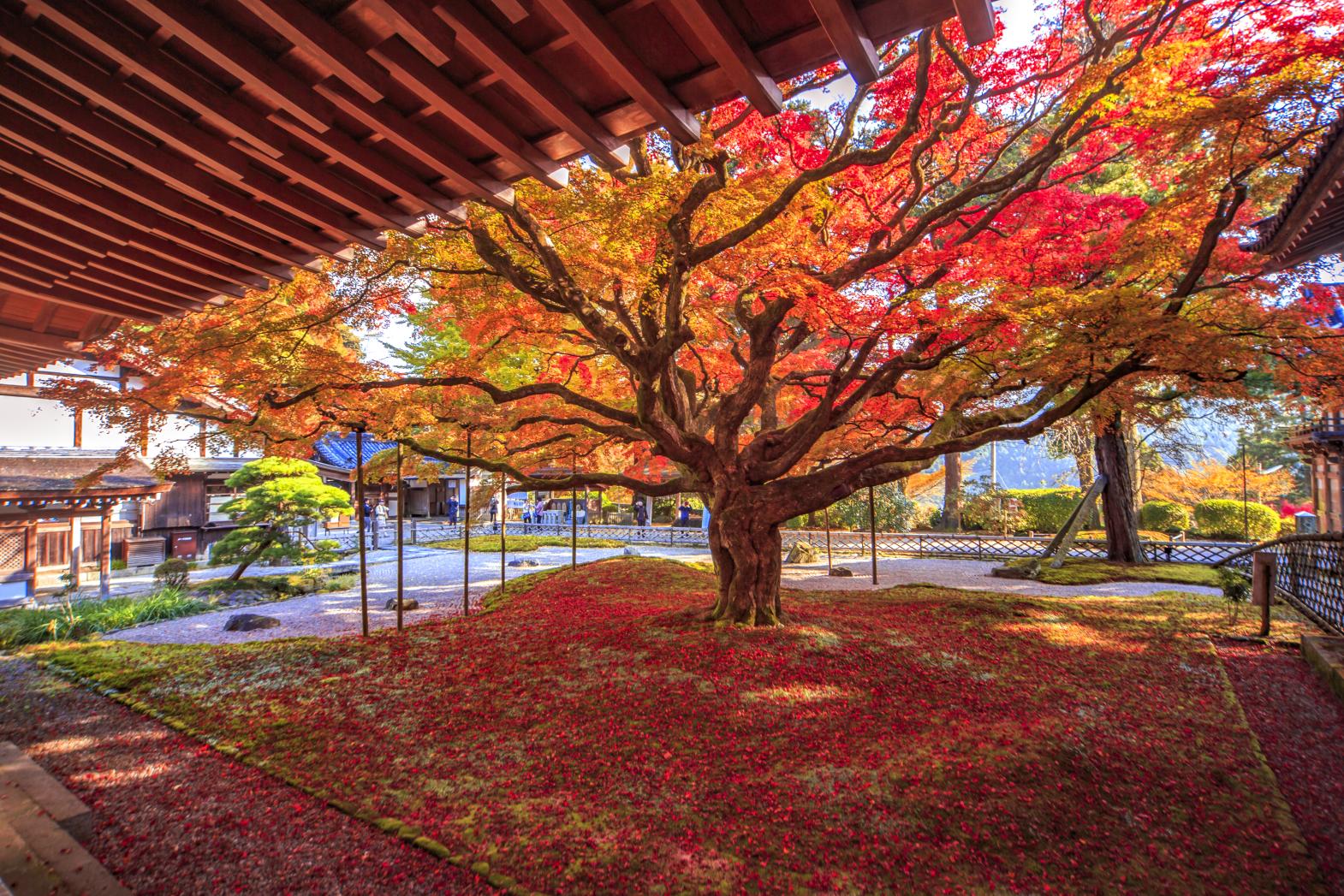
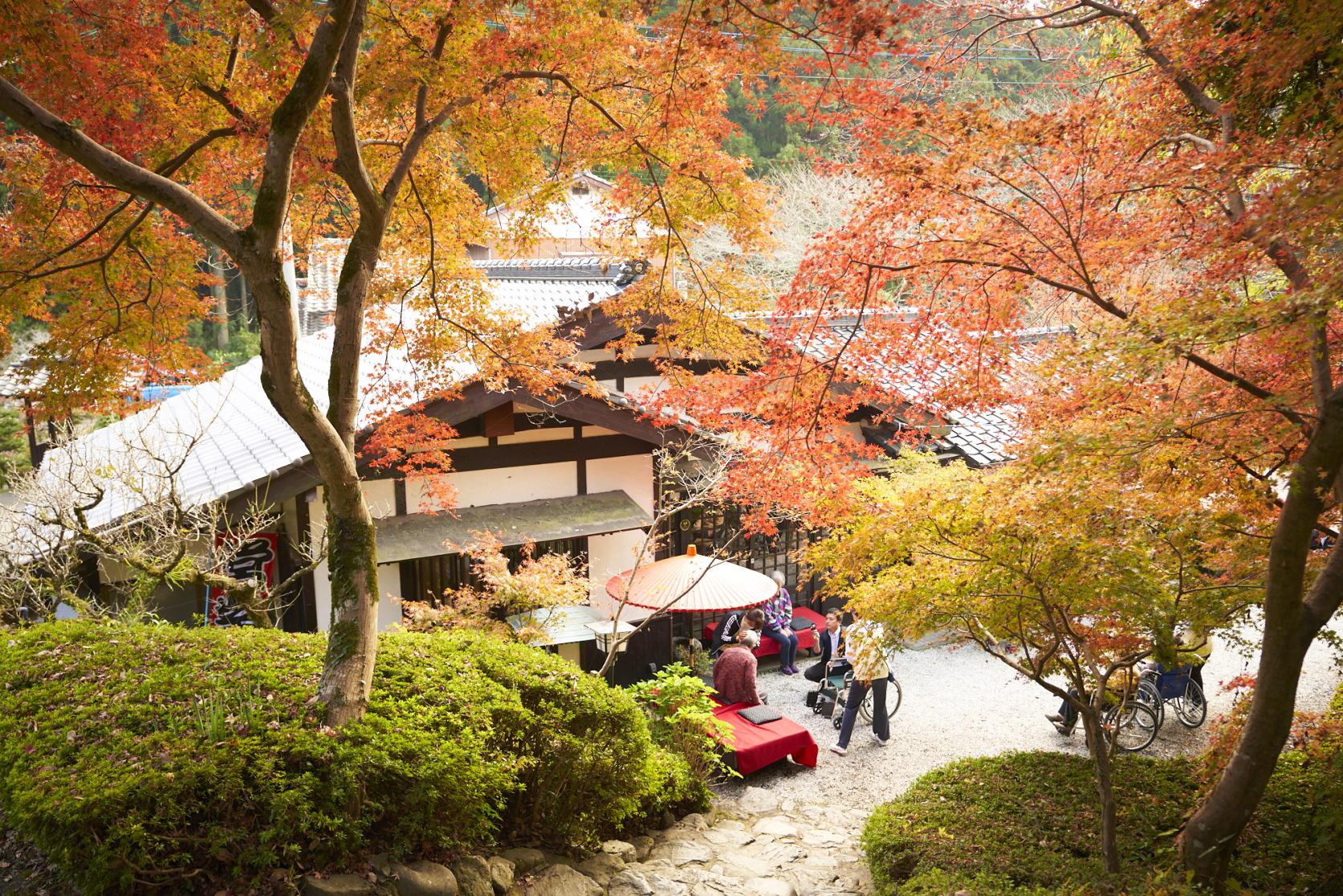
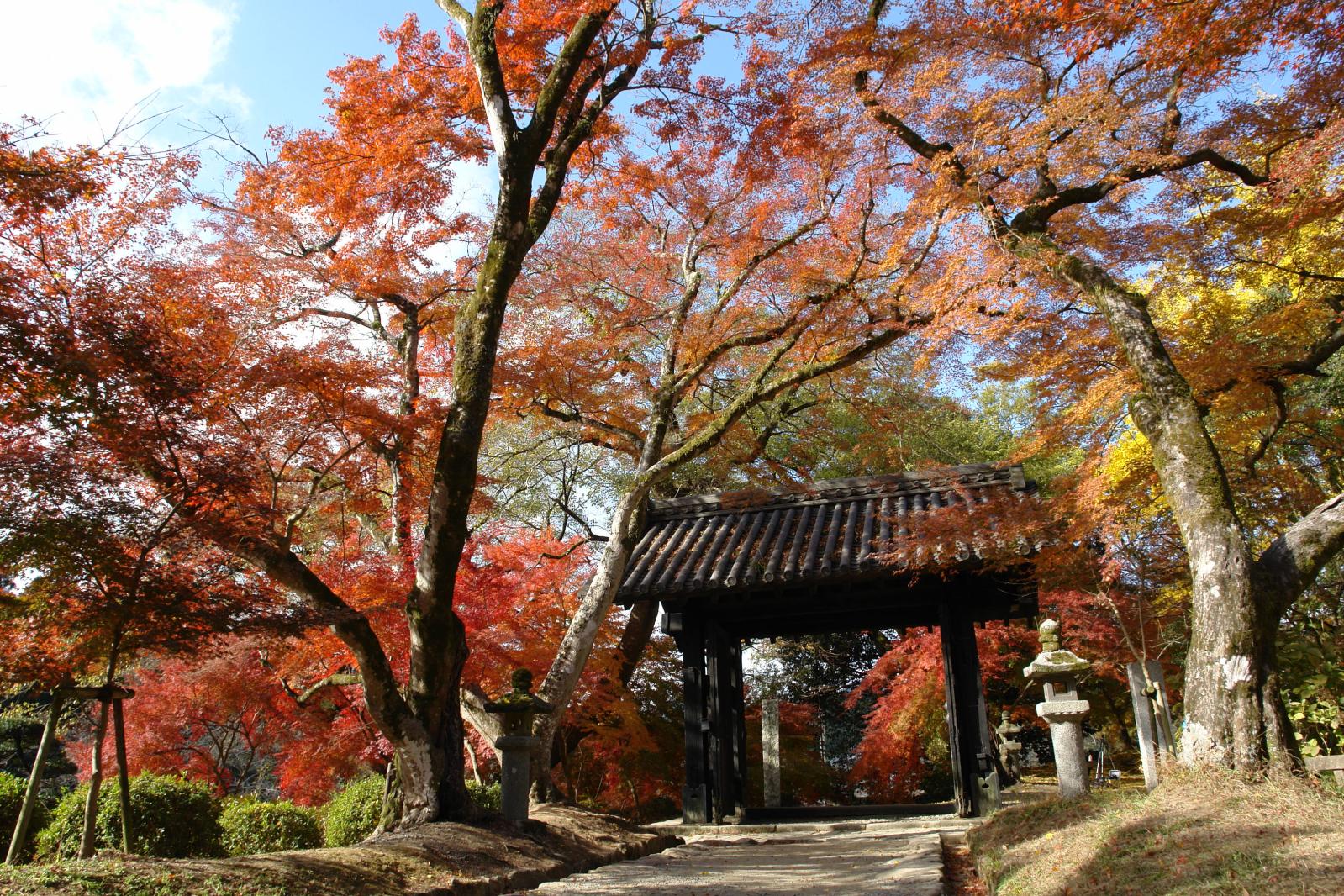
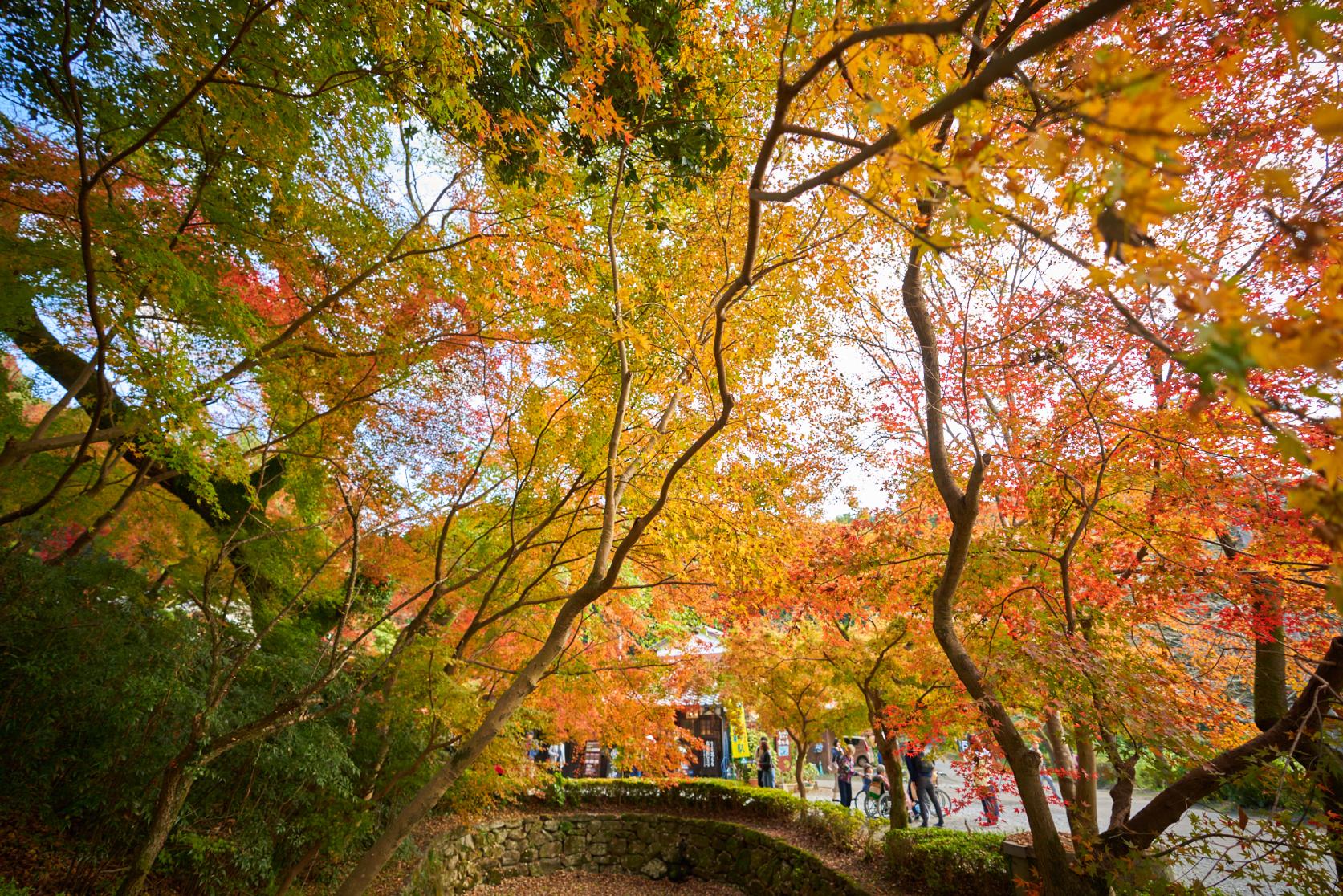
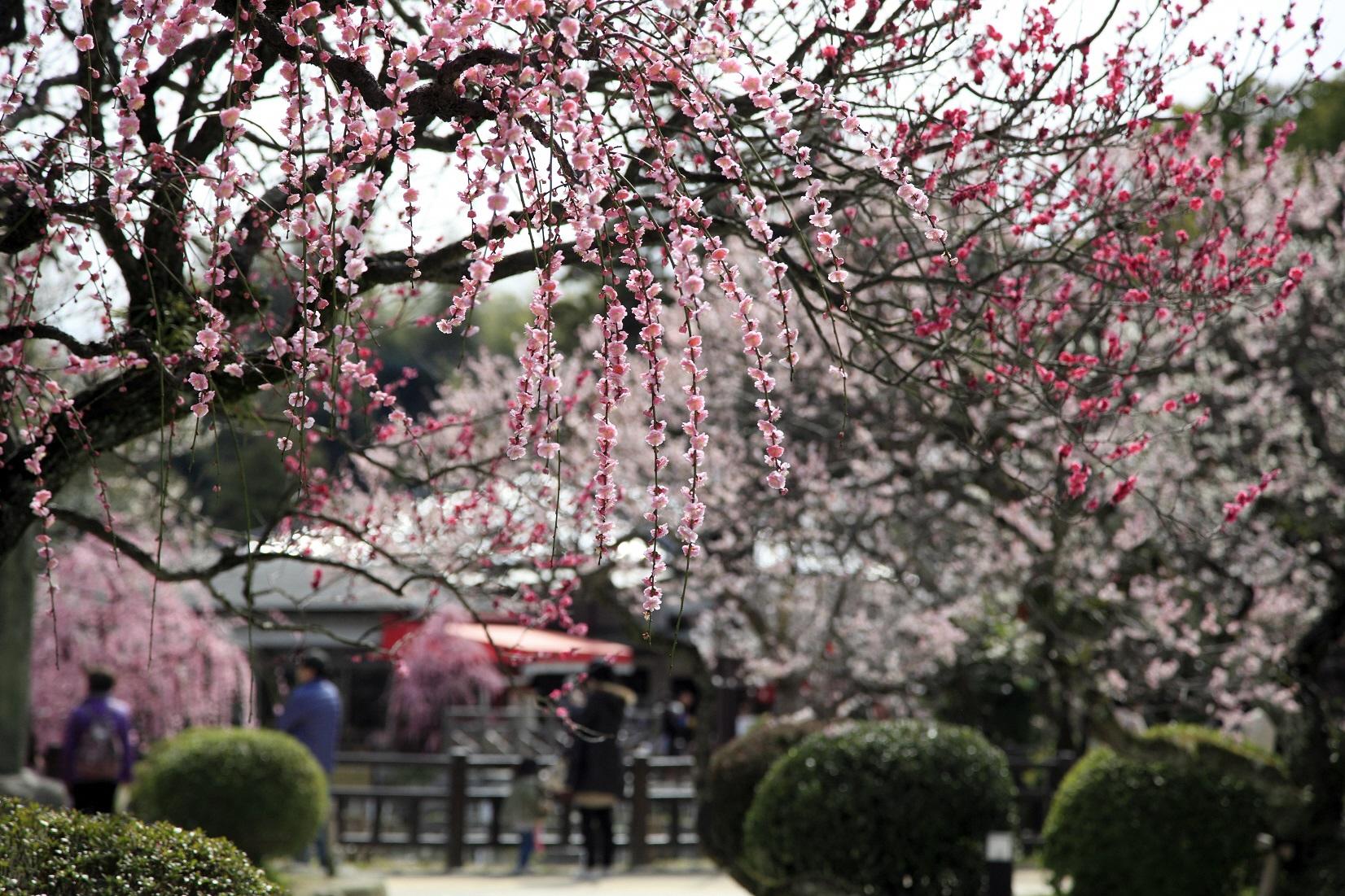
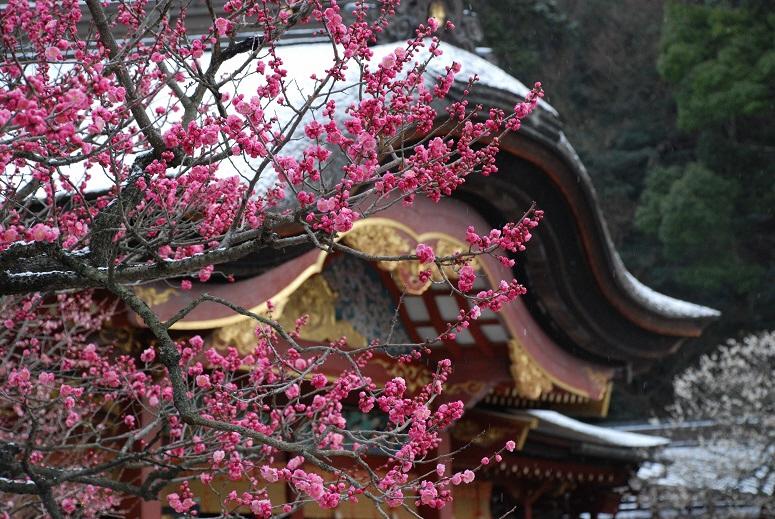
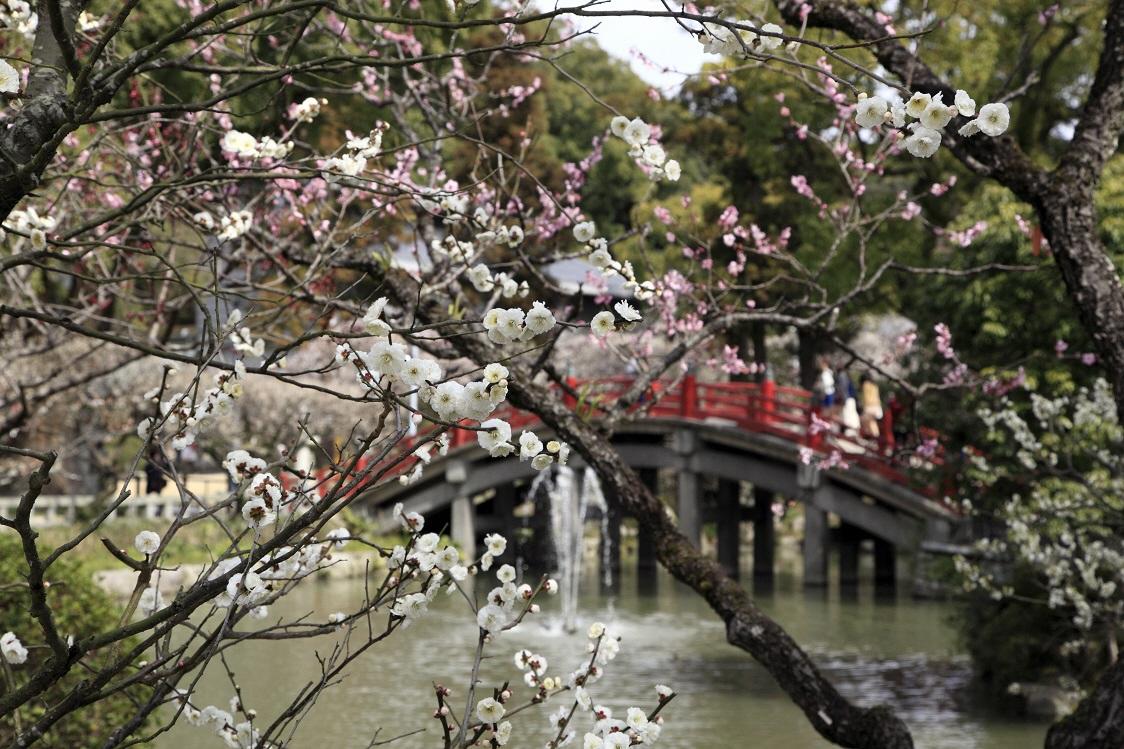
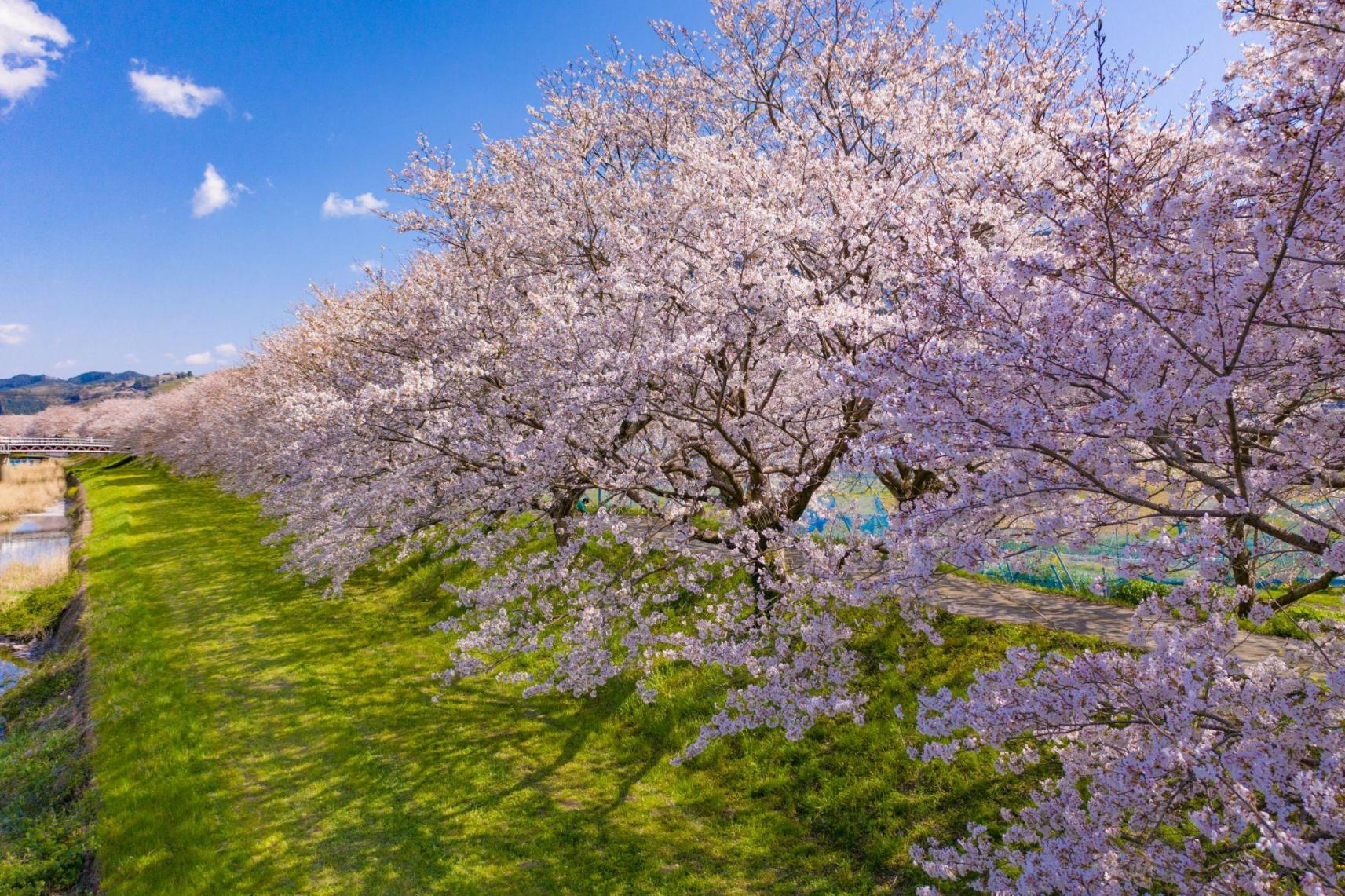
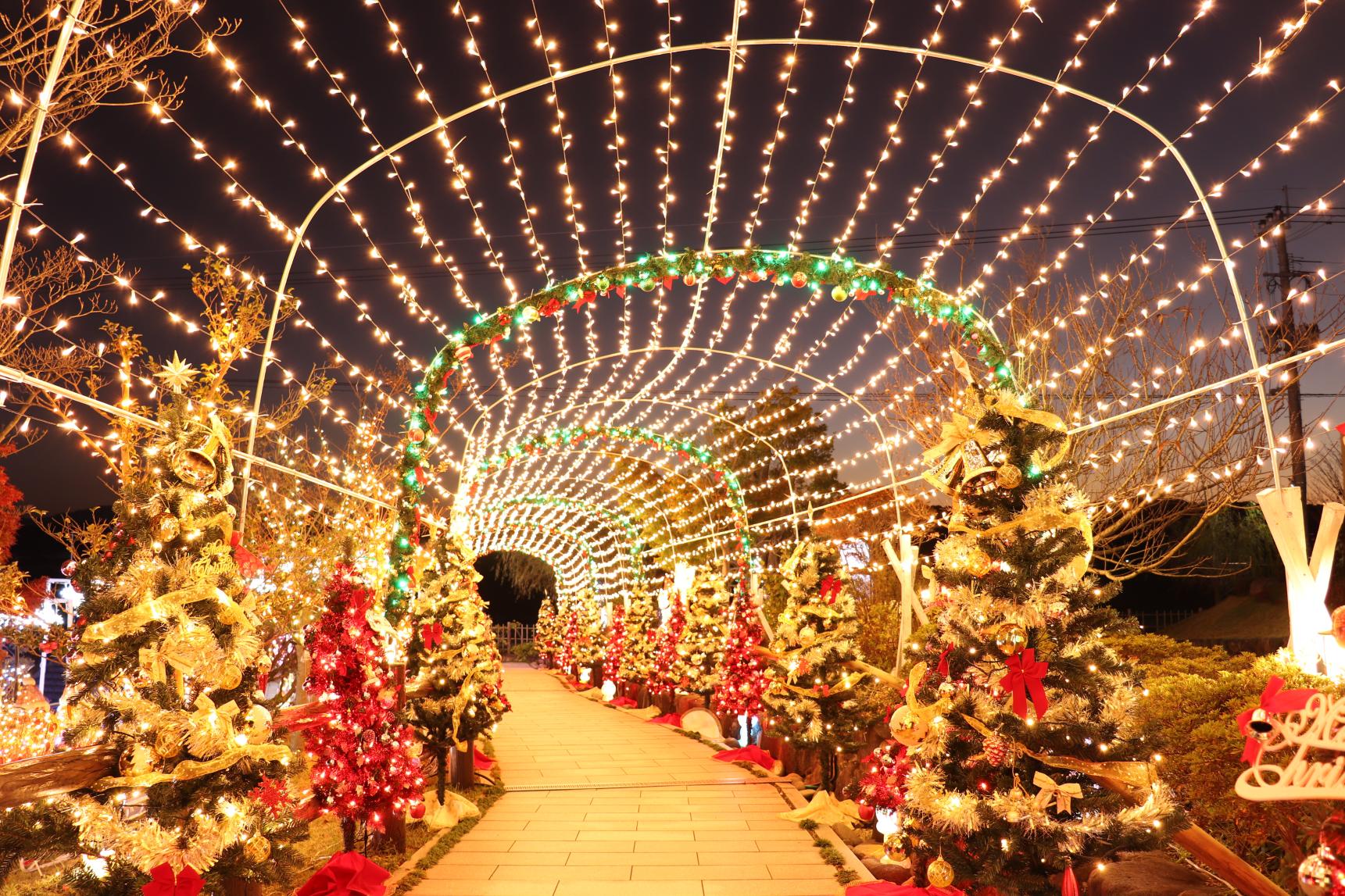
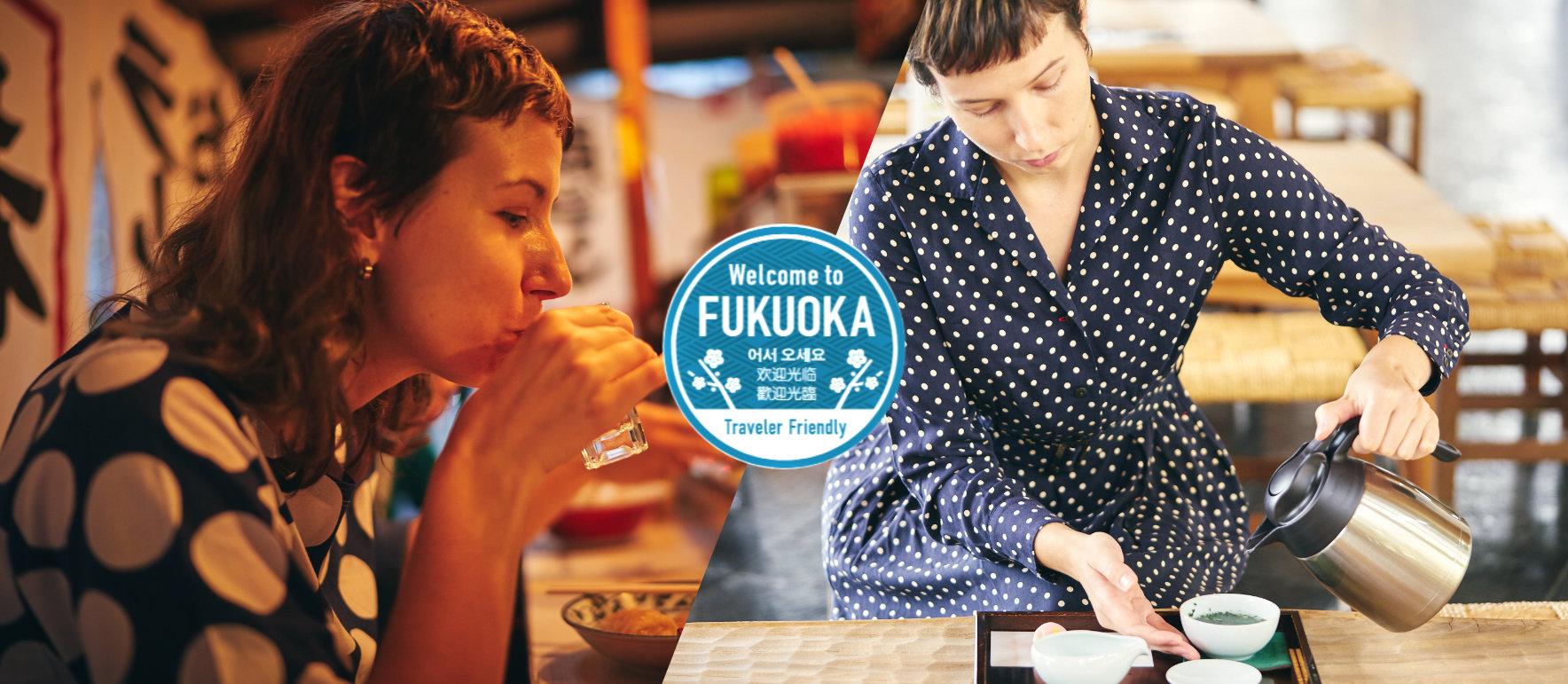
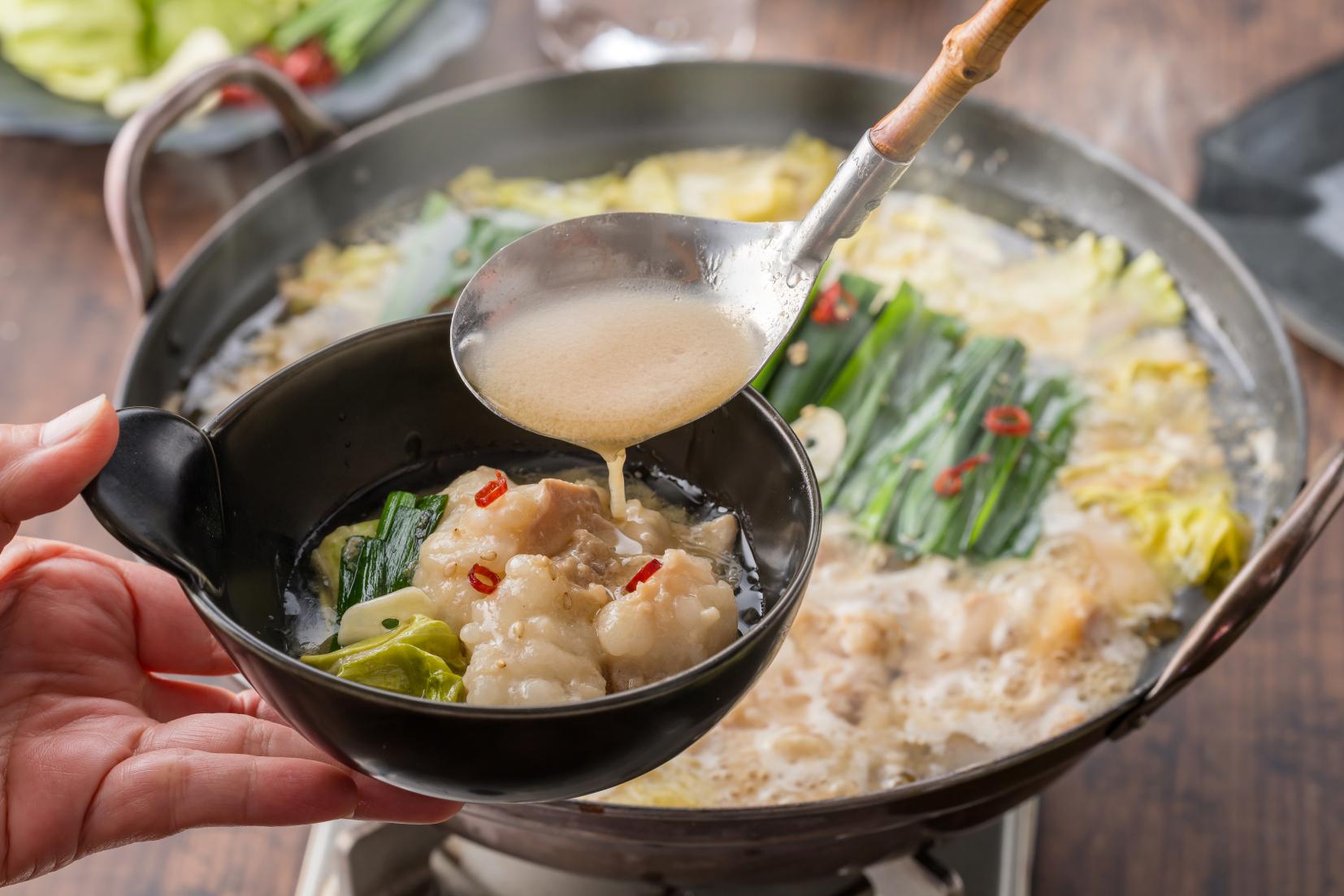
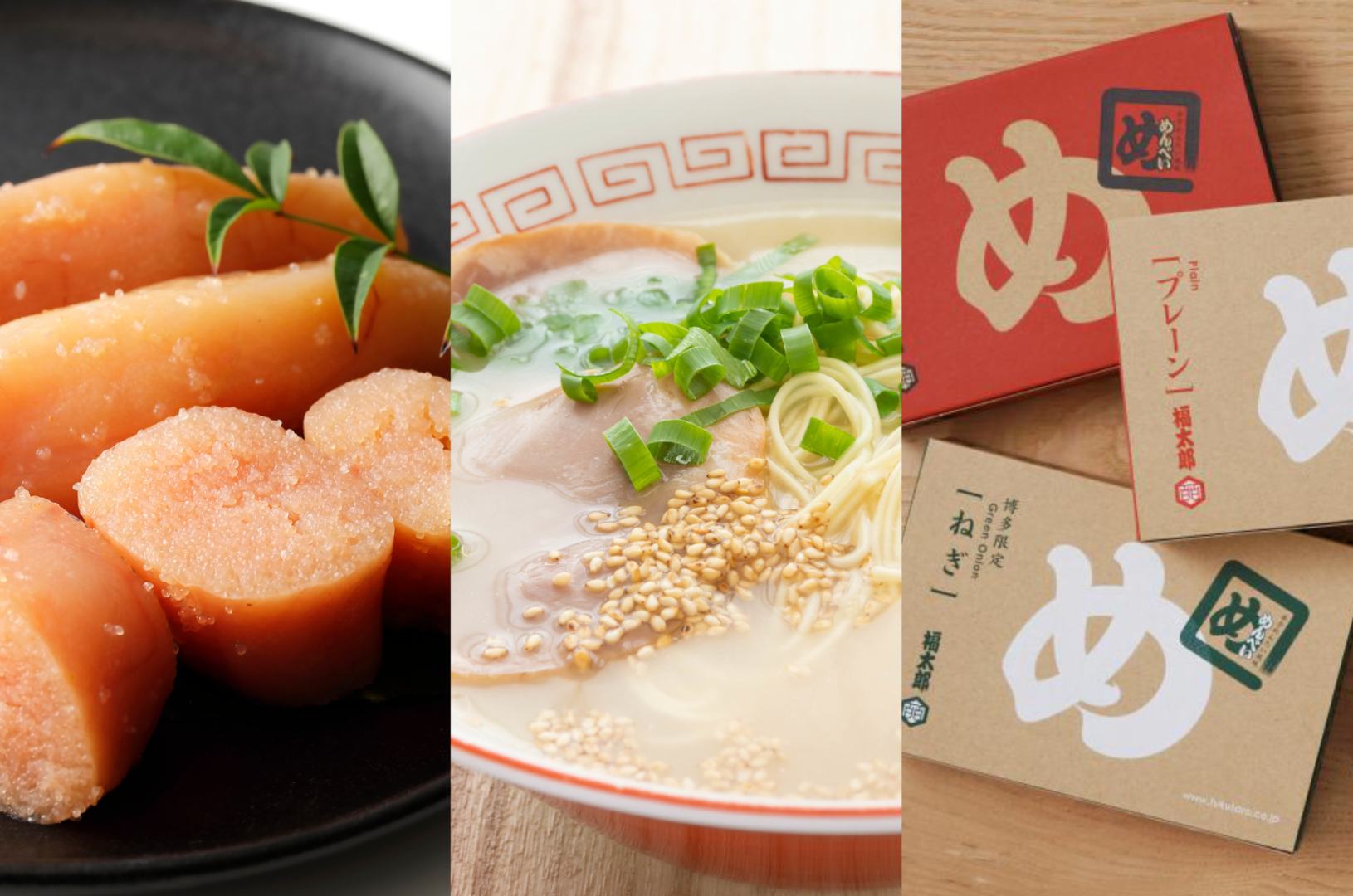
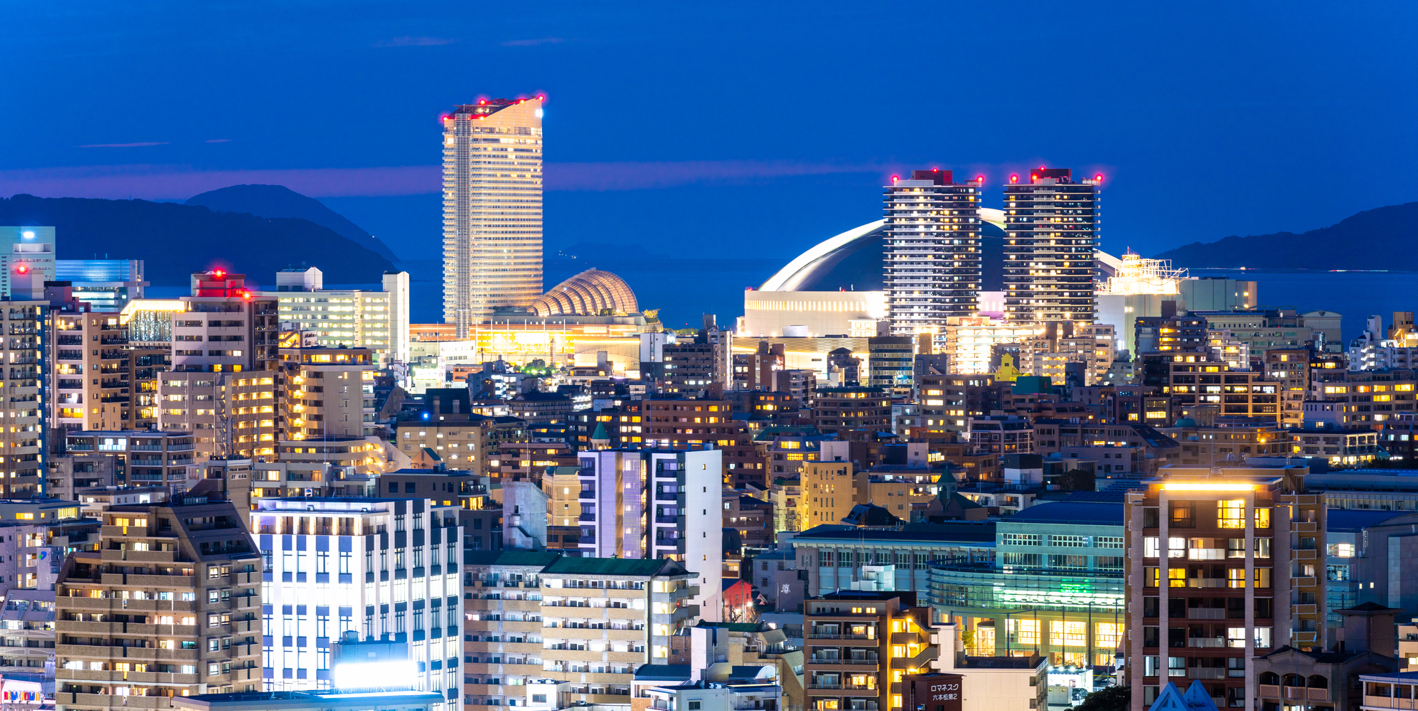
![[2025 Edition] The Best Places to See Cherry Blossoms in Fukuoka-1](https://www.crossroadfukuoka.jp/storage/special_features/38/responsive_images/q0hE9tjduBiHqz9D4hlPG9Rx4qnsyGjp3aFupoG1__1673_1115.jpg)
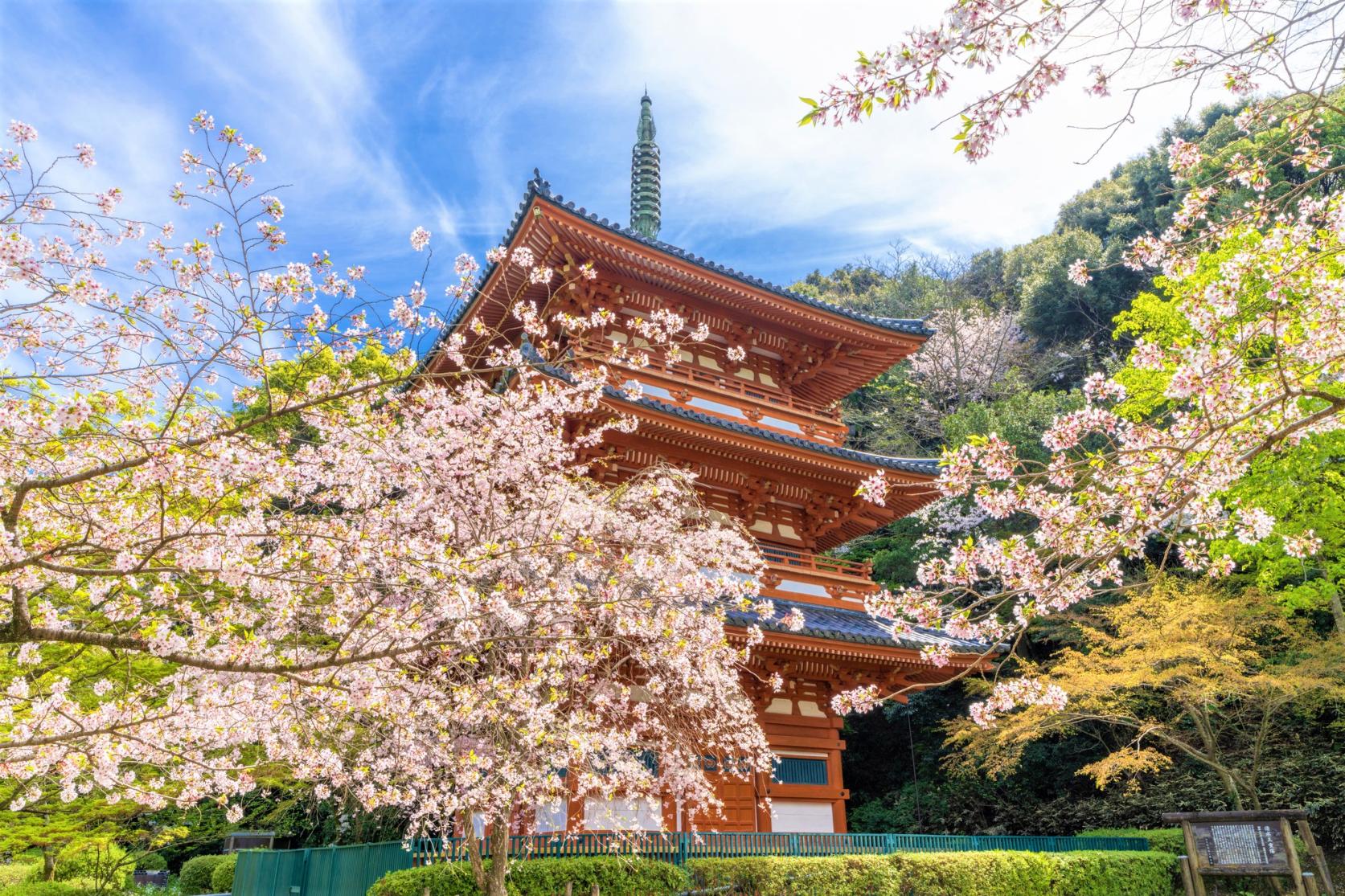
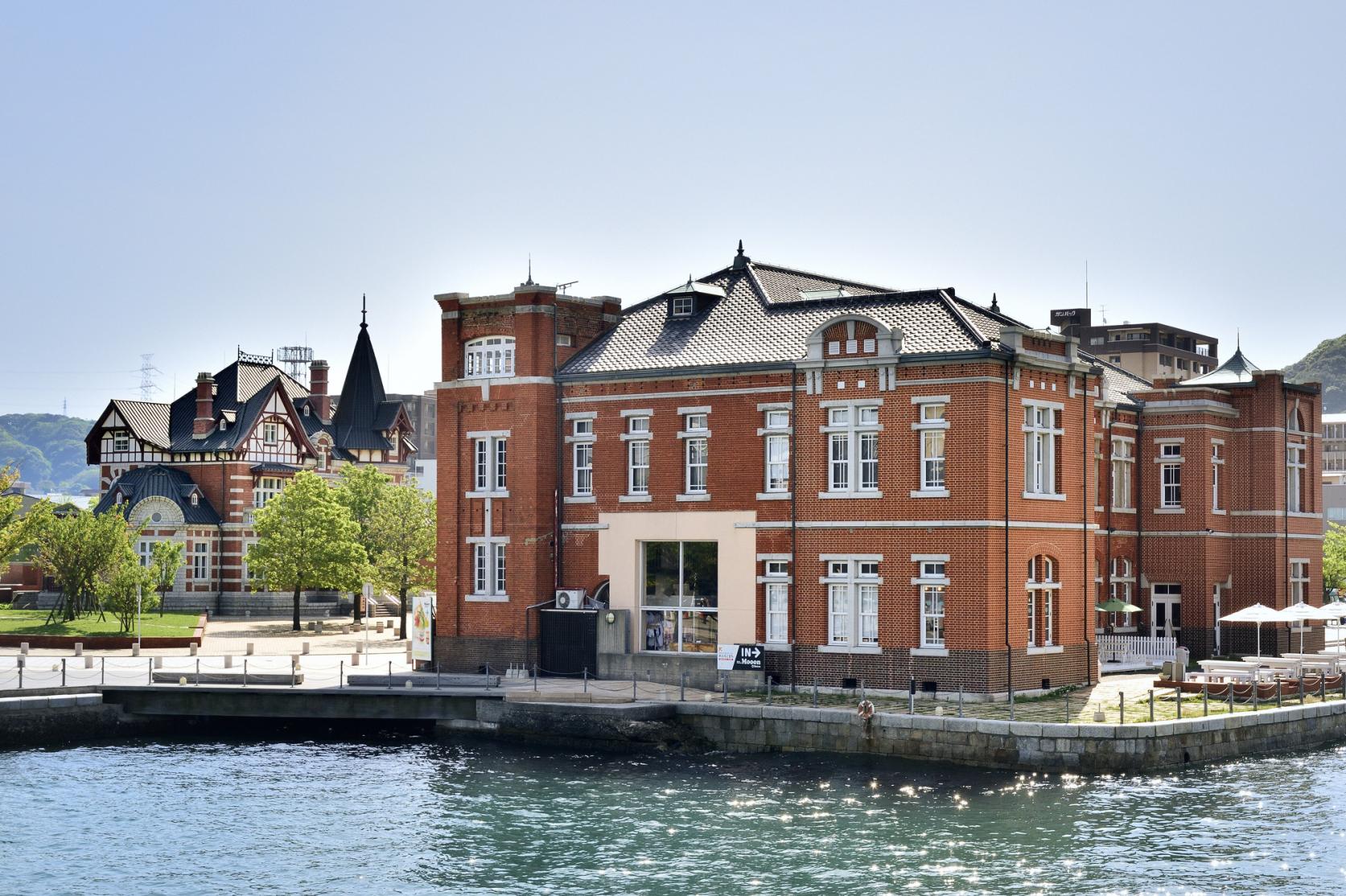
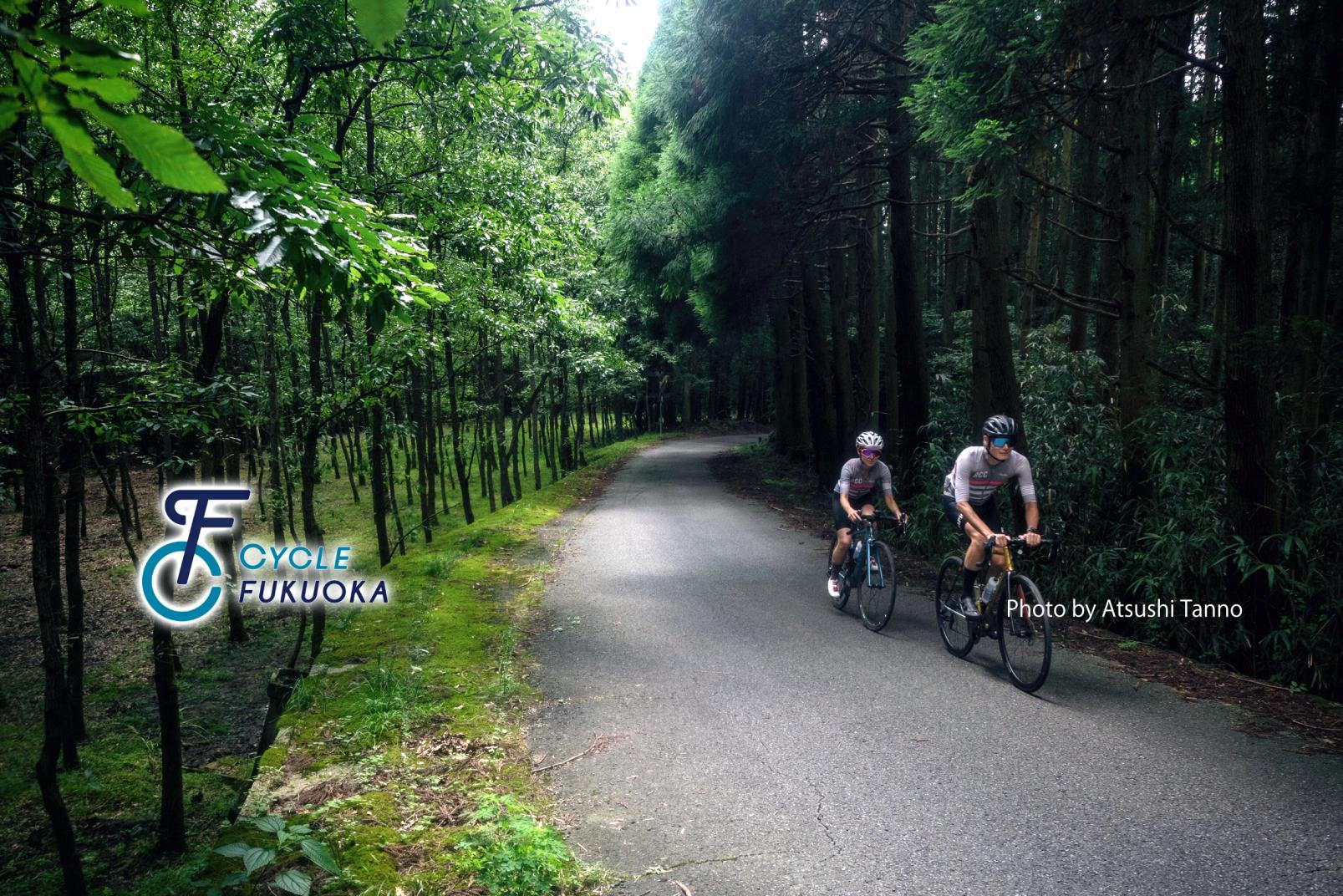
![[2025 Edition] Strawberry Picking Spots in Fukuoka-1](https://www.crossroadfukuoka.jp/storage/special_features/49/responsive_images/9ZHgrqvQdpH8tM4IRF54DXu0aPBF3YGGkj5WOTGc__1673_1115.jpg)
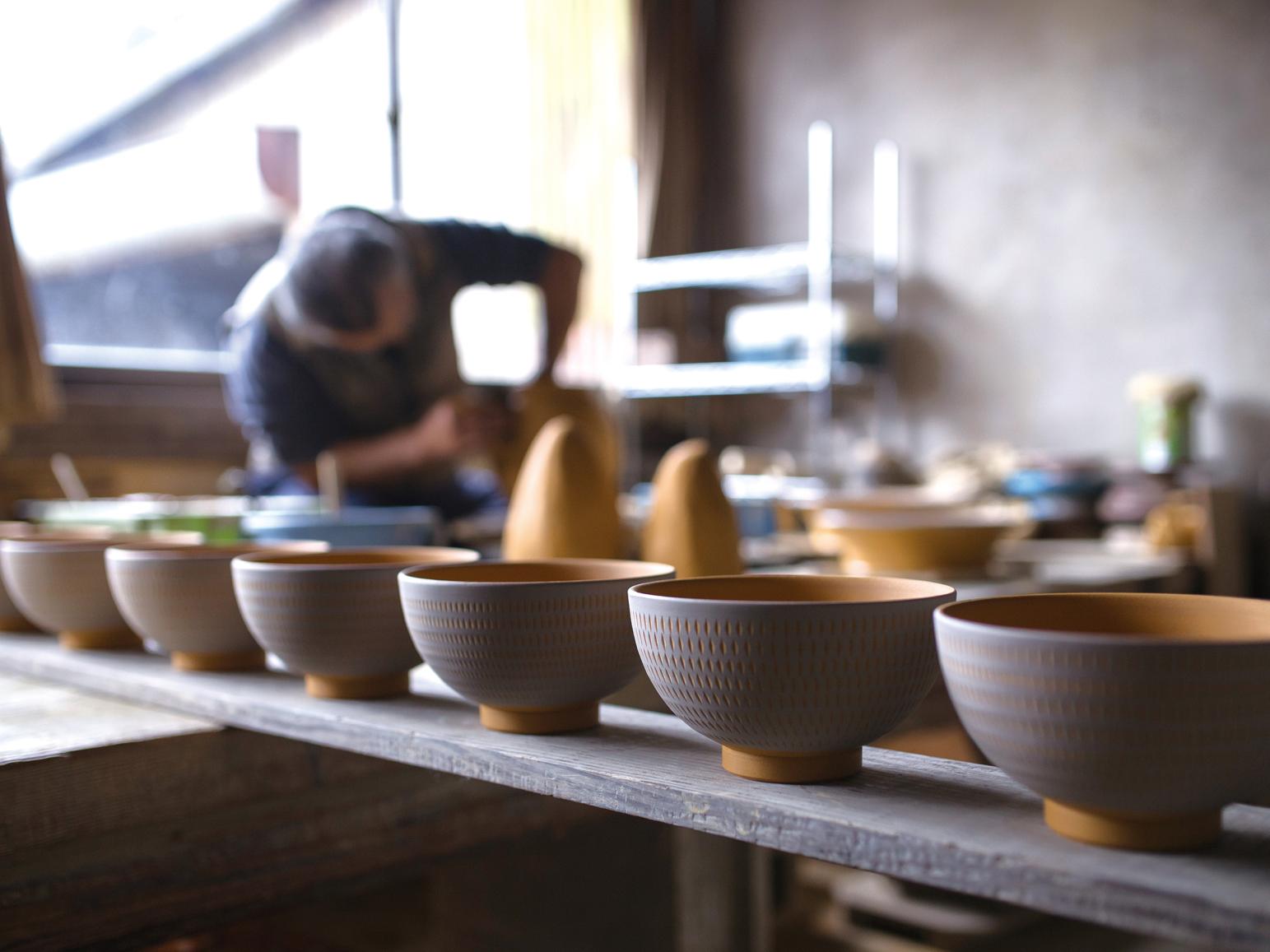
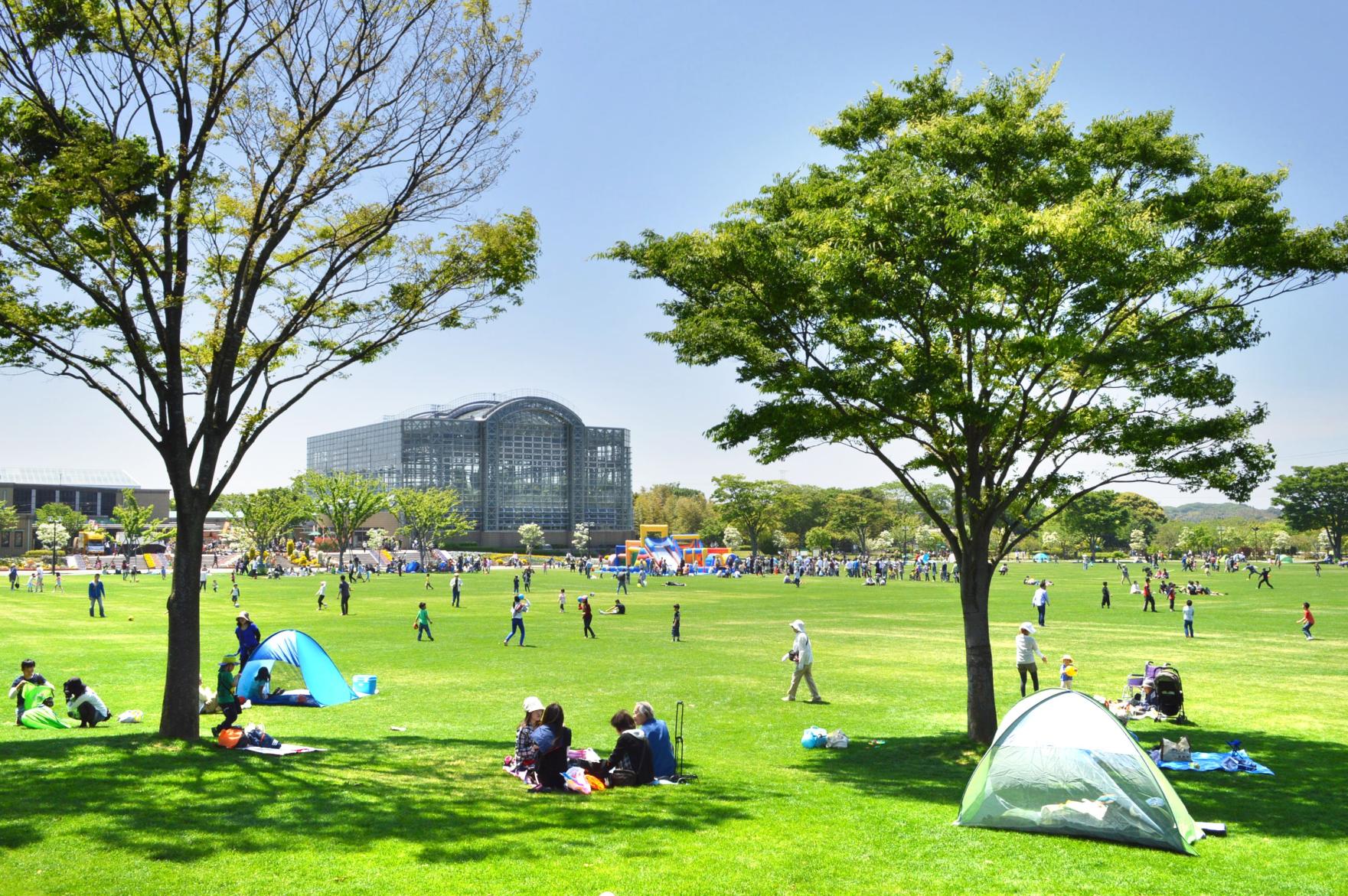
![[2024 Edition] Your Guide to Fukuoka Prefecture's Best Fall Foliage Destinations-1](https://www.crossroadfukuoka.jp/storage/special_features/279/responsive_images/49m7voPHQ1J9tJsmiguwSxPT6qZON51ATRvm5NJK__1673_1115.jpg)
